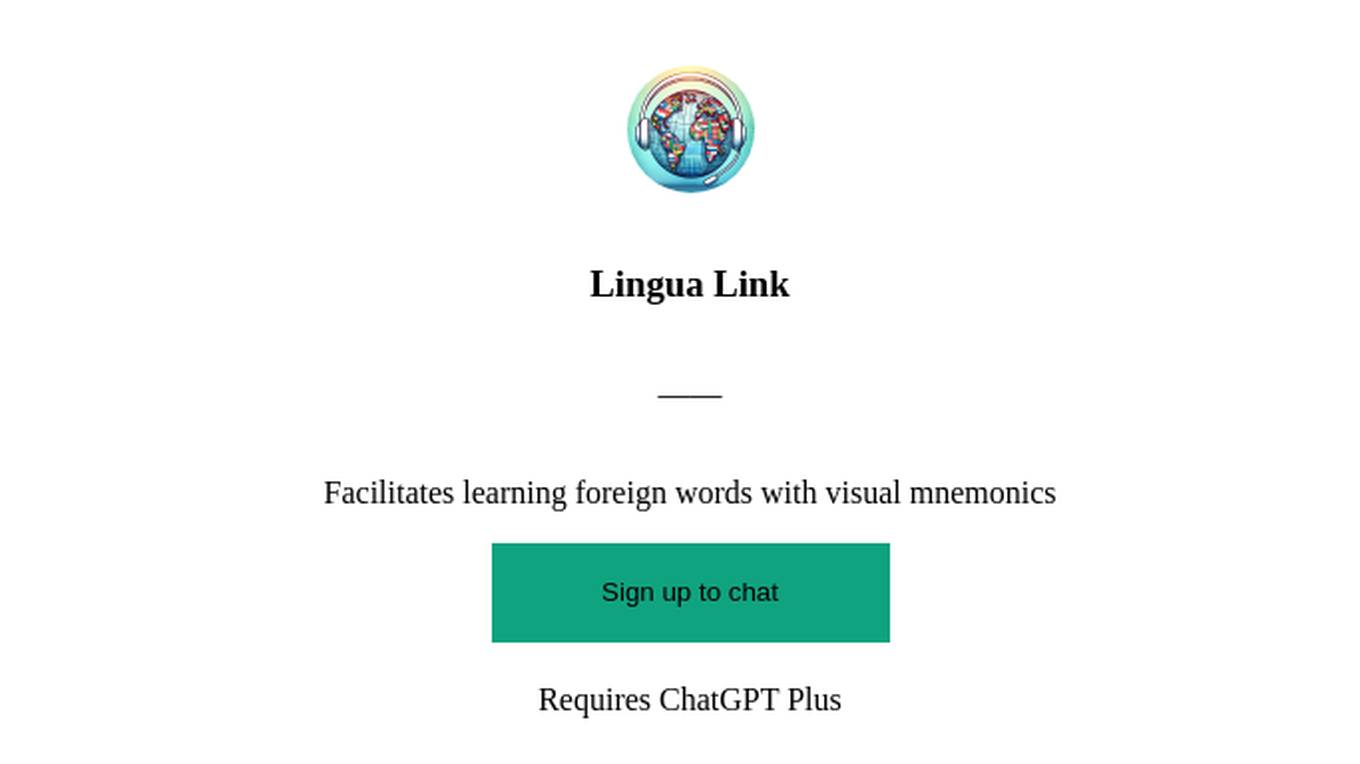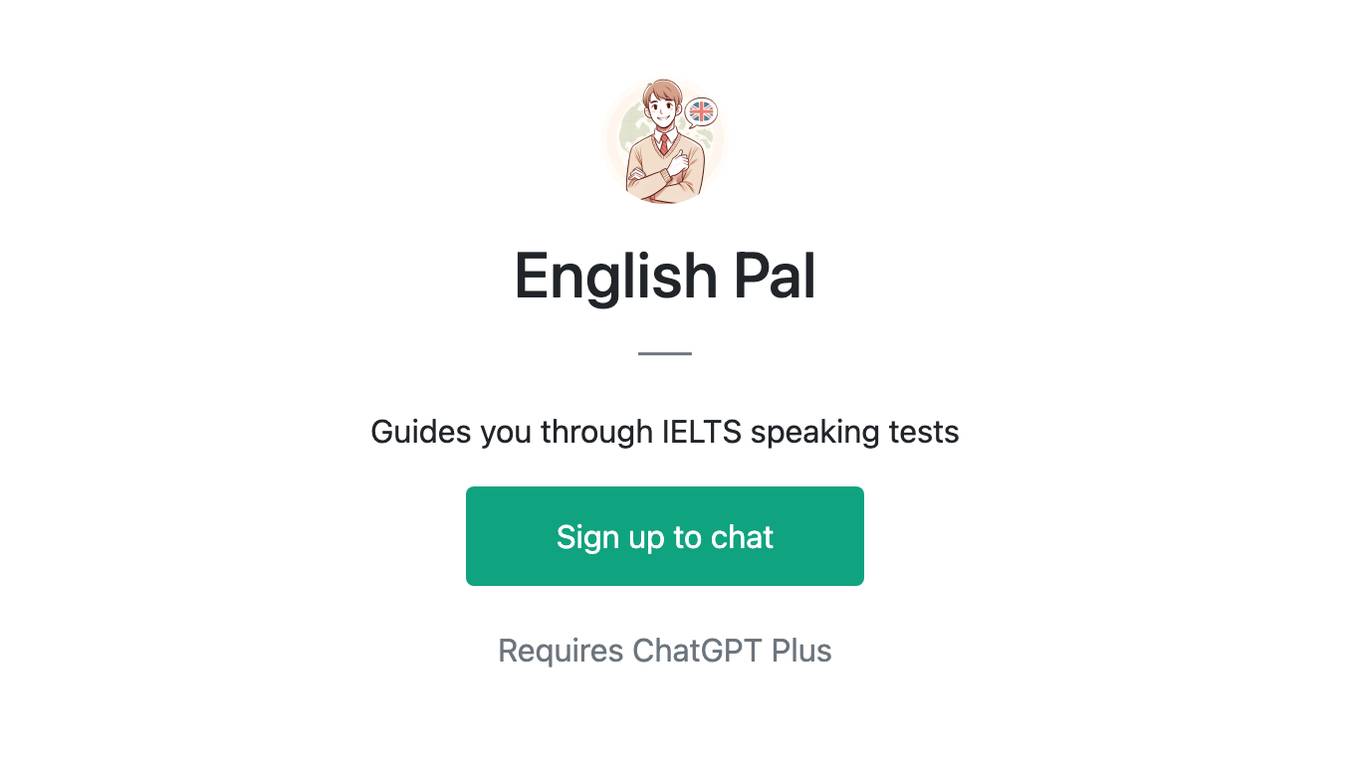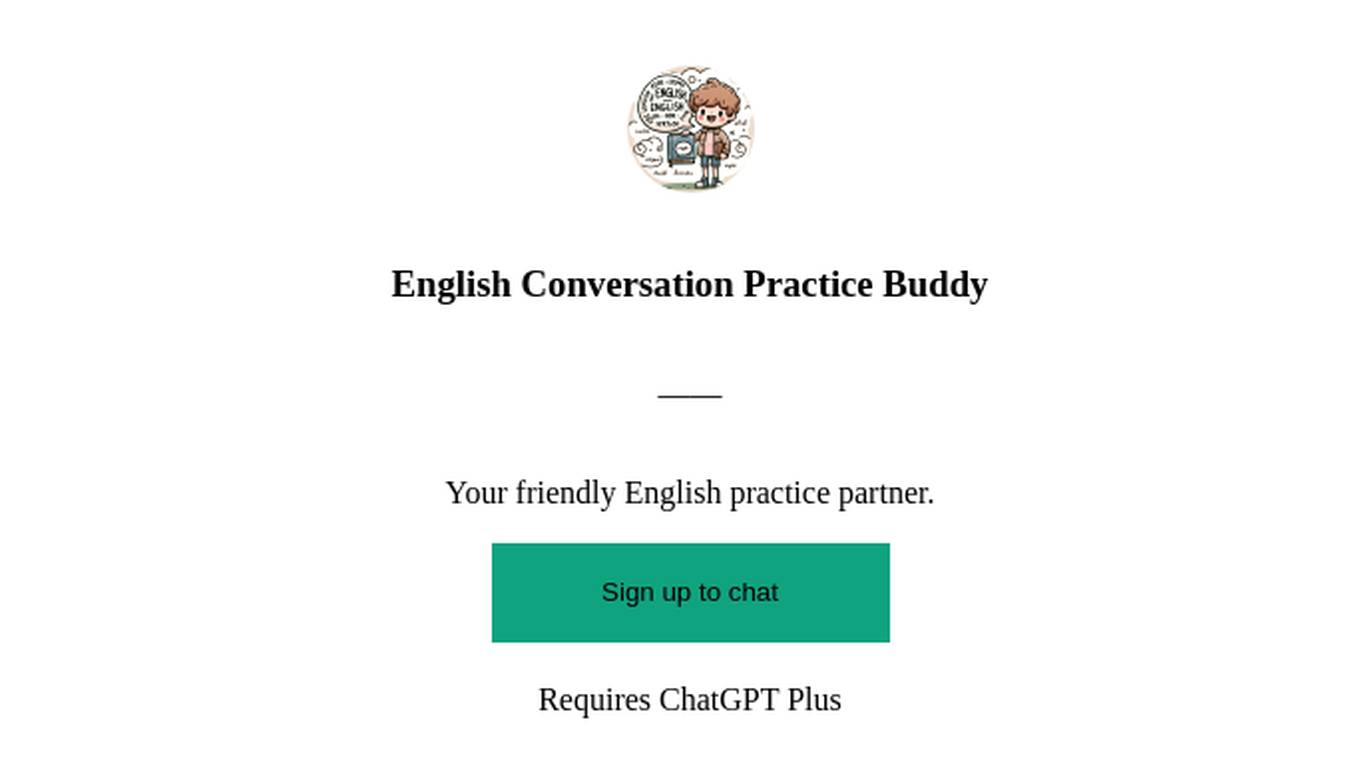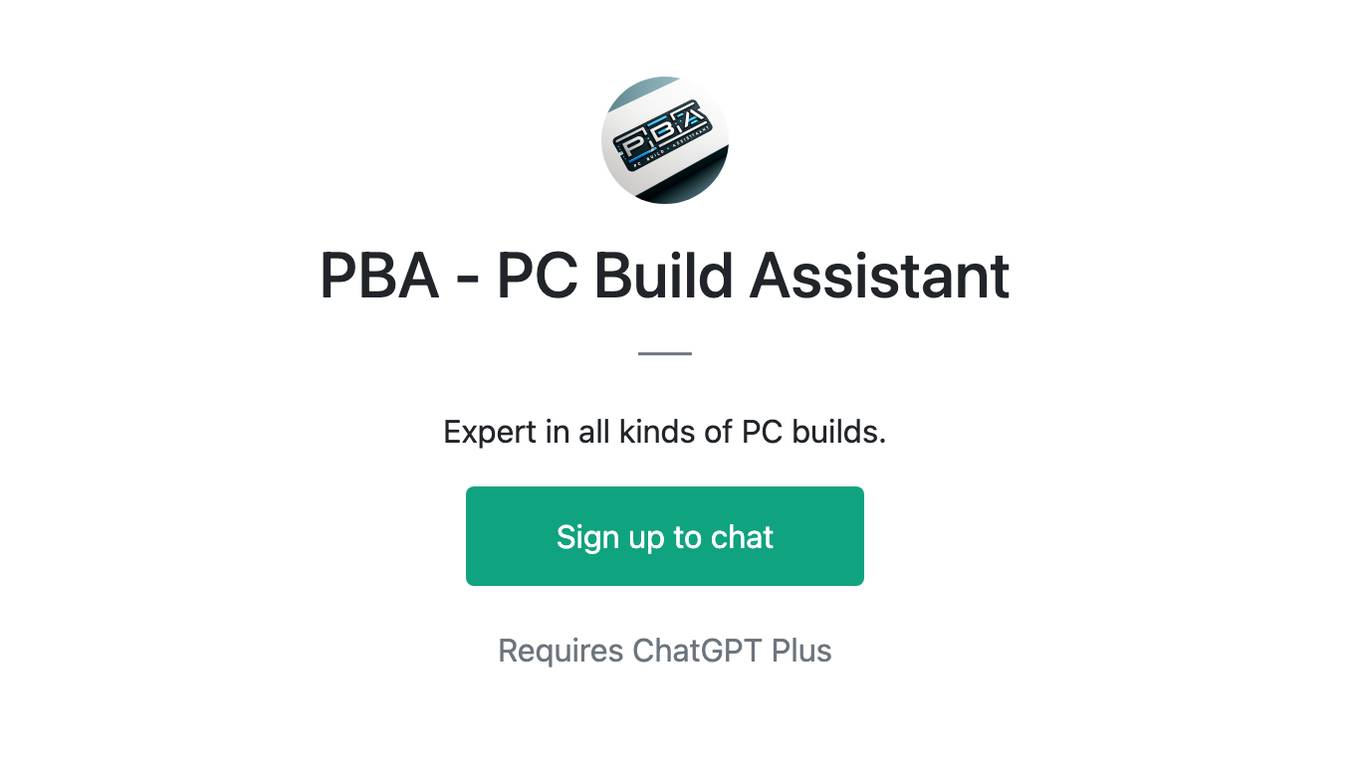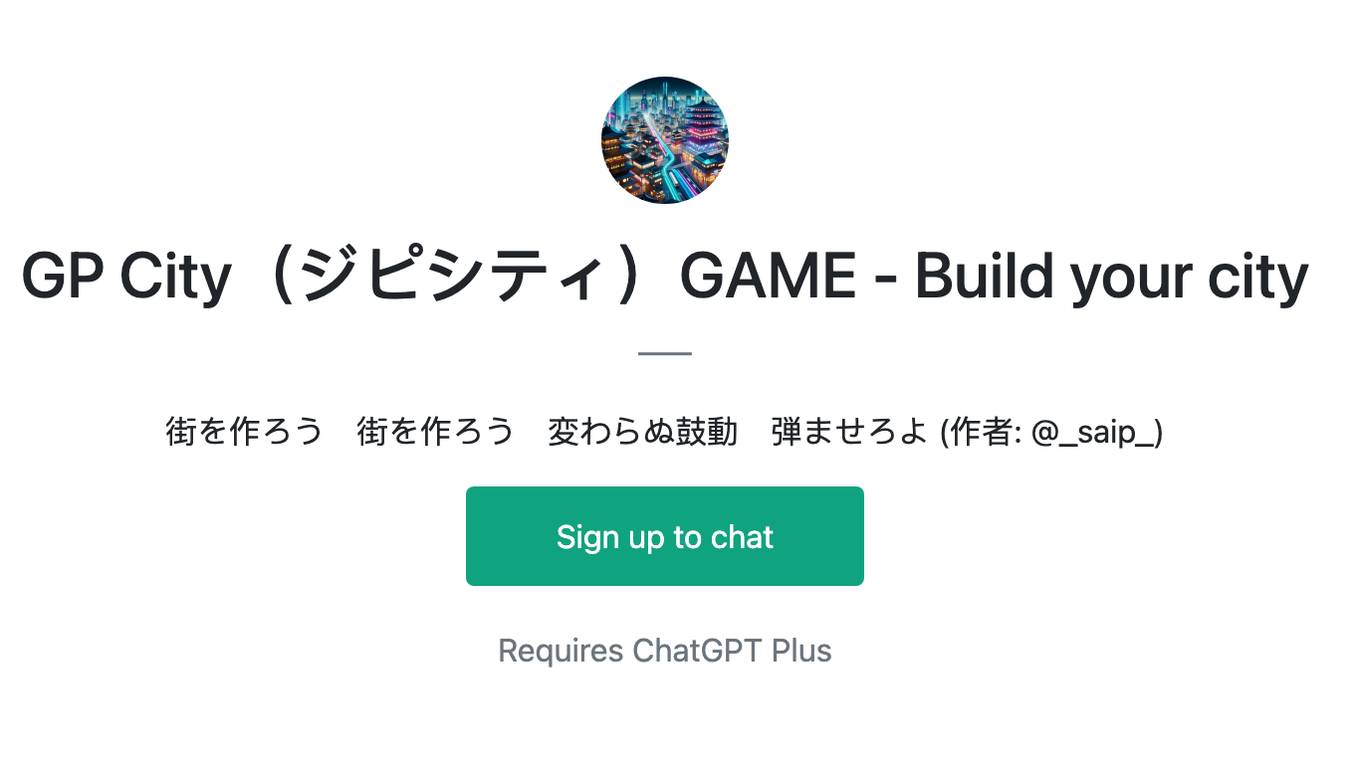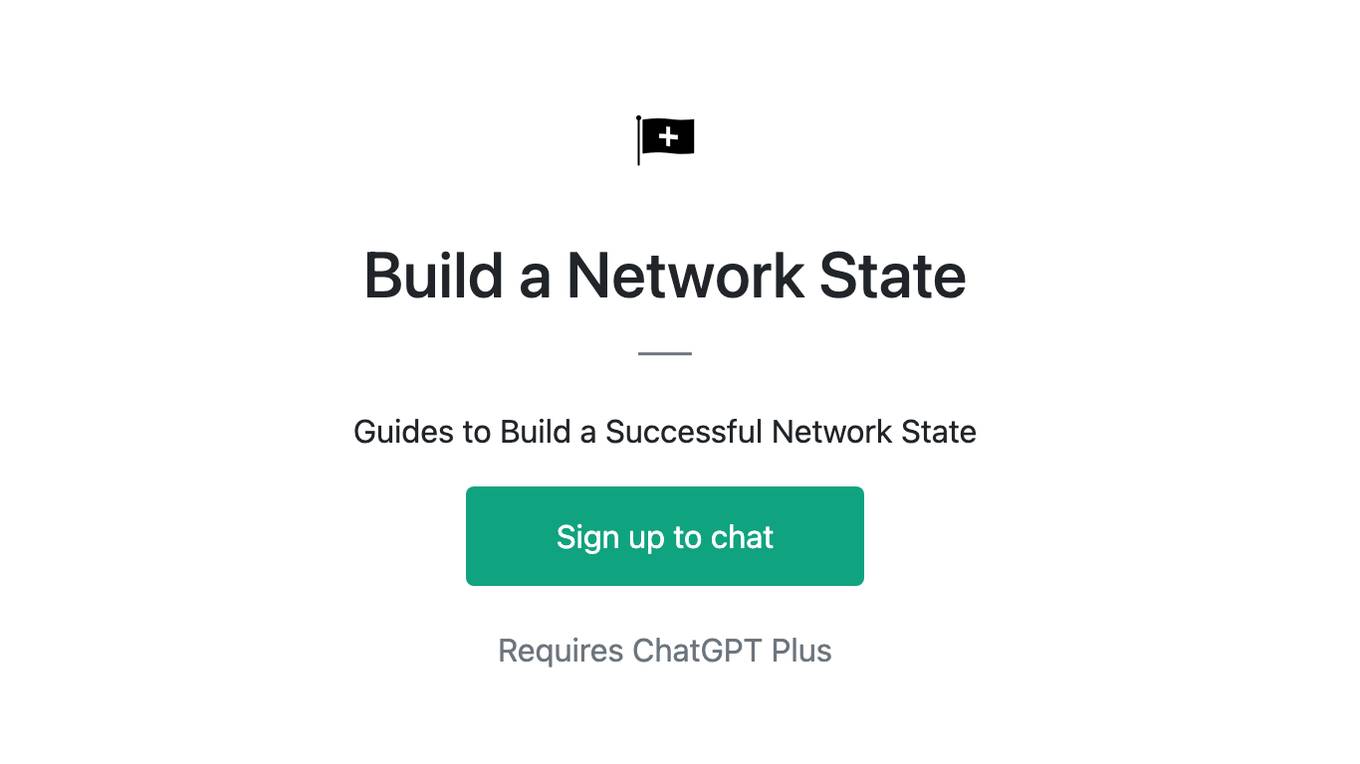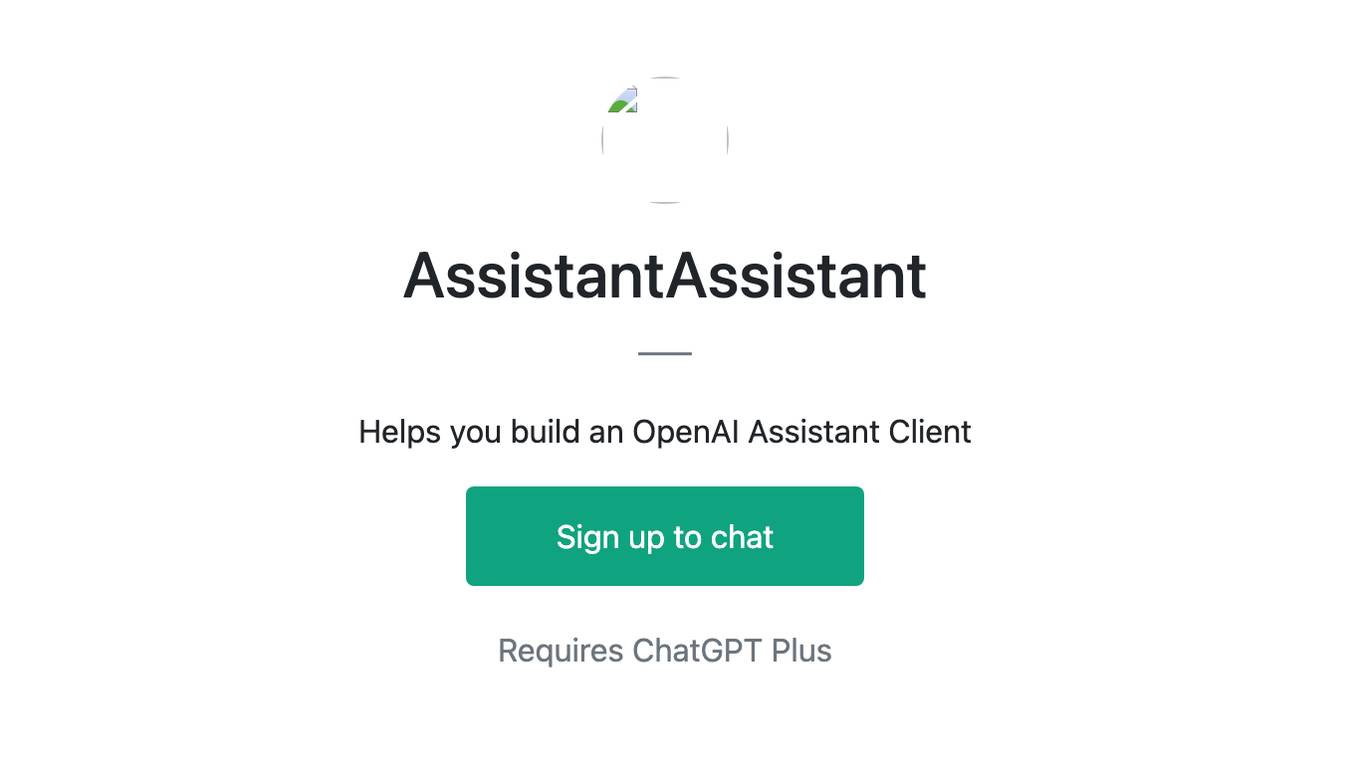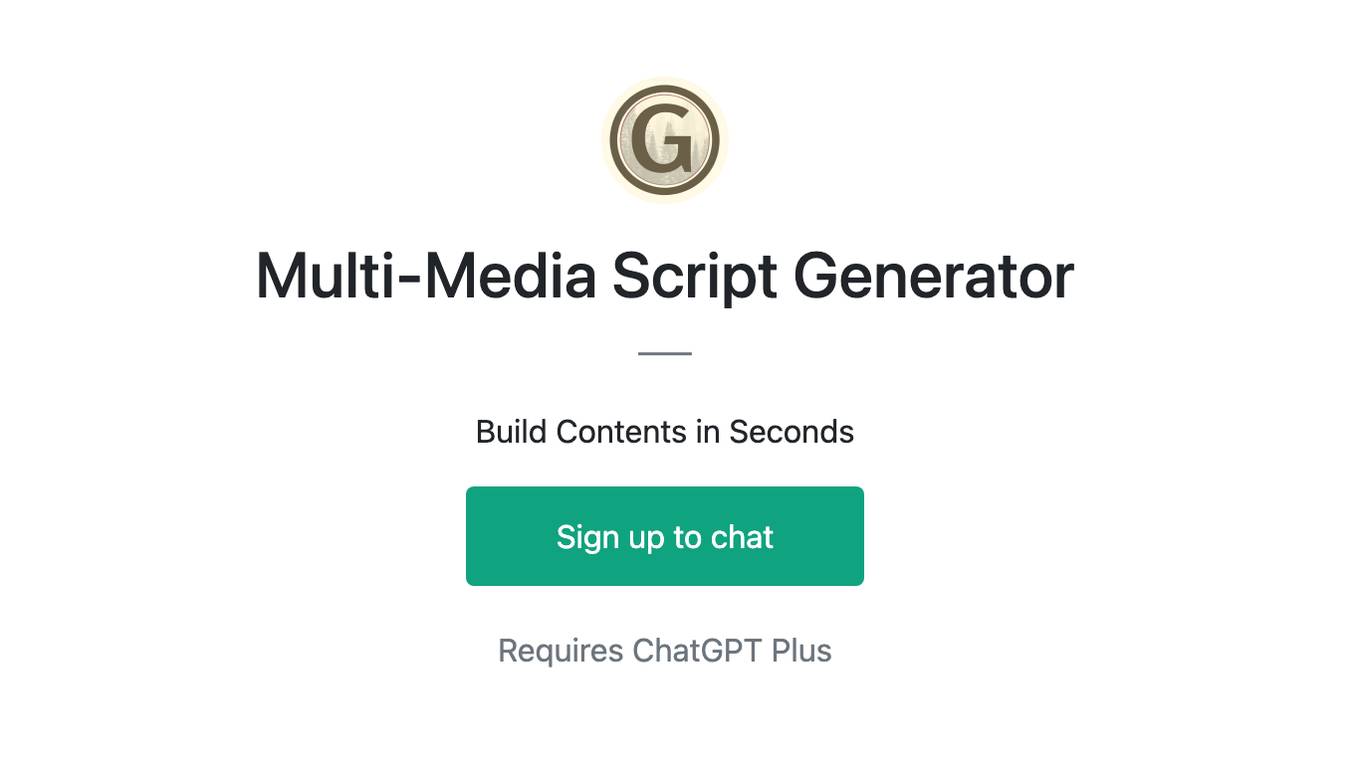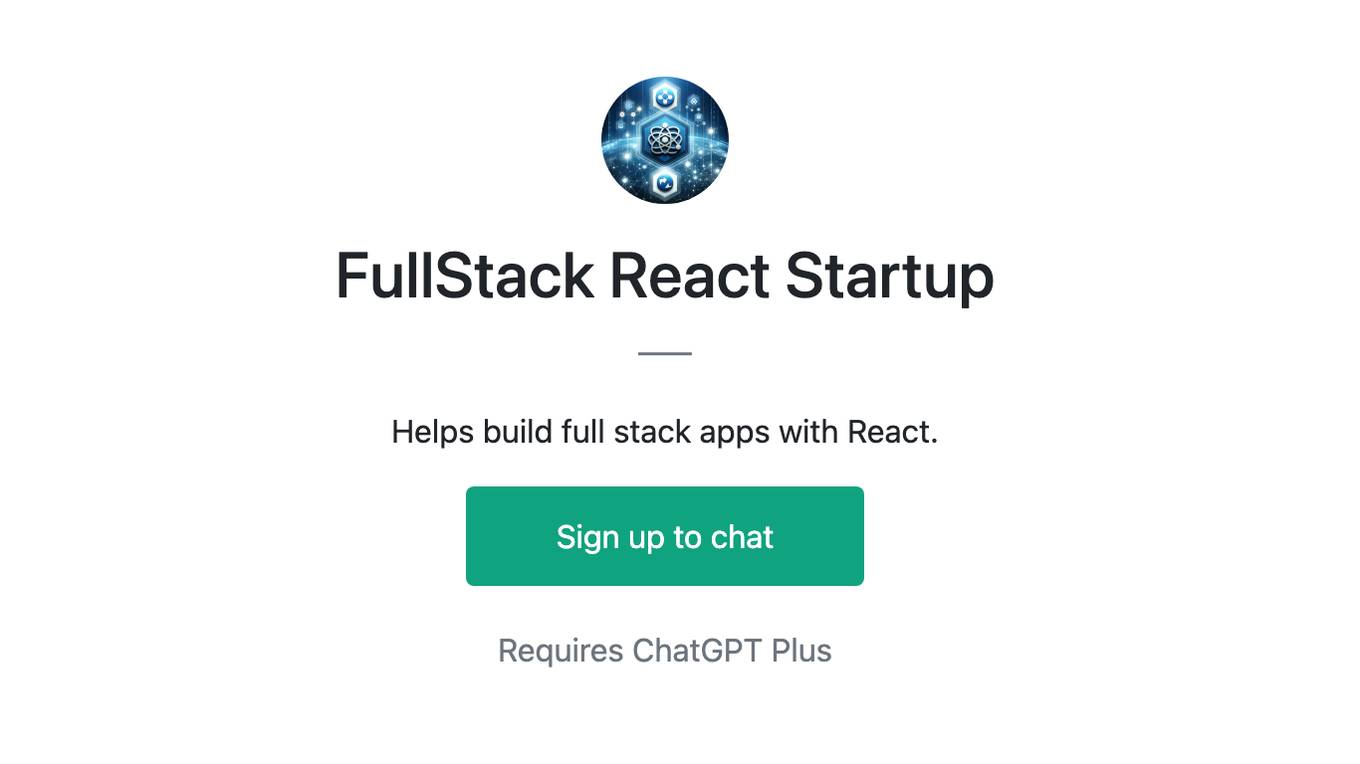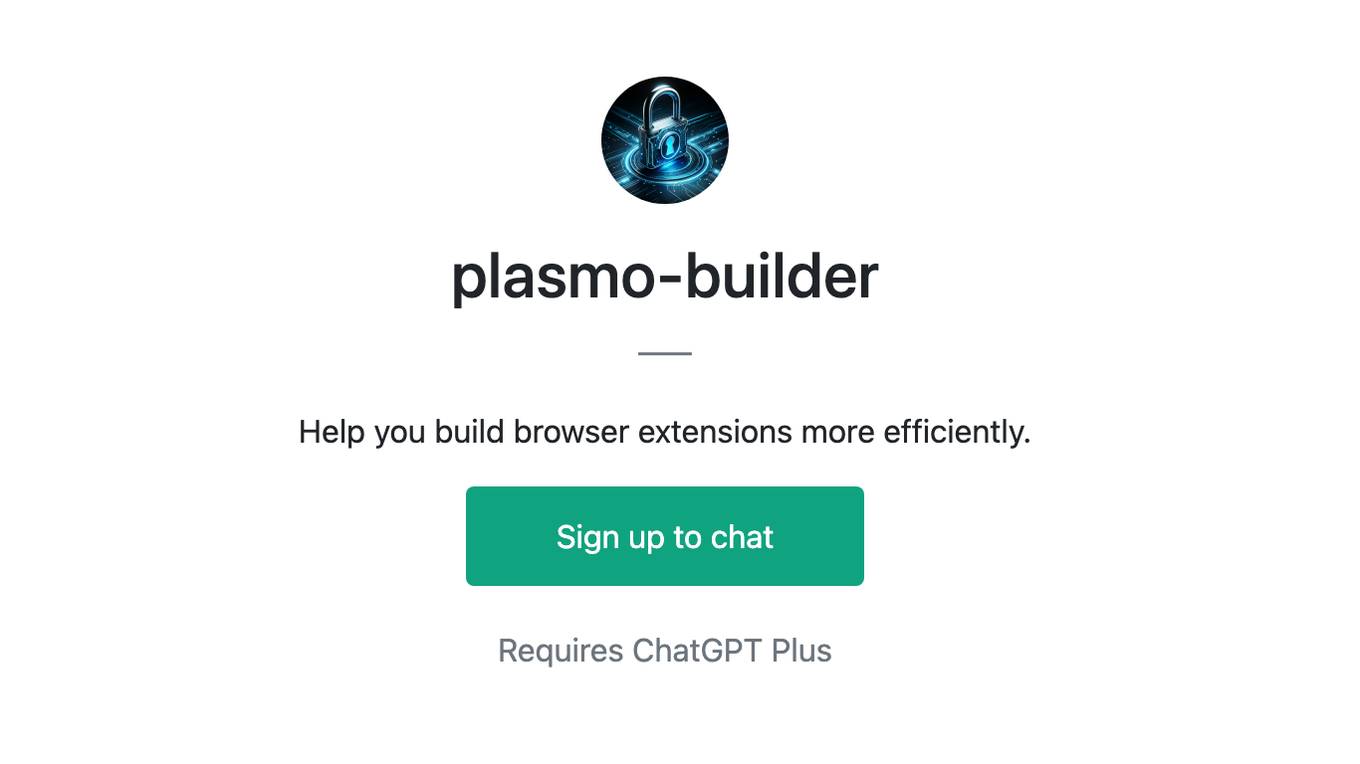Best AI tools for< Build Vocabulary >
20 - AI tool Sites
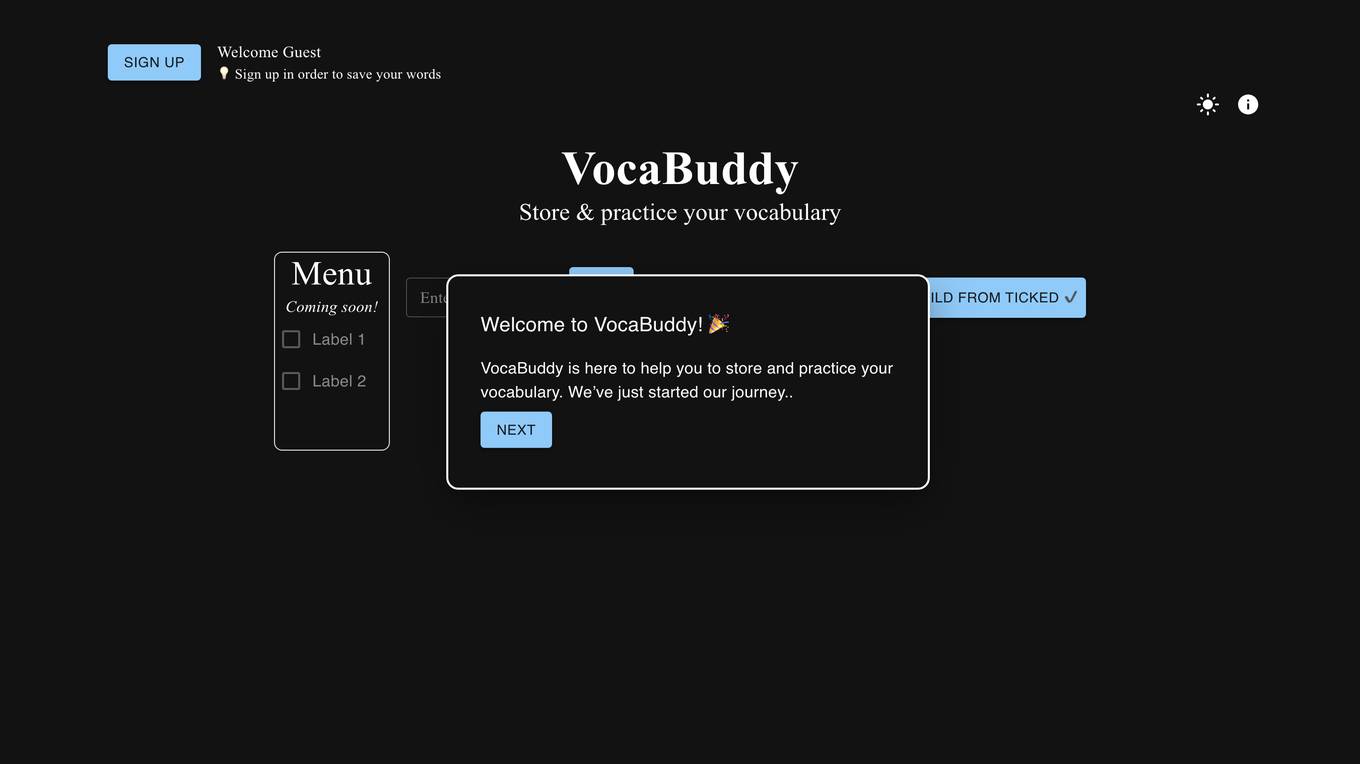
VocaBuddy
VocaBuddy is a vocabulary building tool designed to help users enhance their language skills. It provides a platform for users to store and practice their vocabulary in an interactive and engaging manner. With features like random word generation and building vocabulary from selected words, VocaBuddy aims to make learning new words fun and effective. The app is user-friendly and suitable for language learners of all levels.
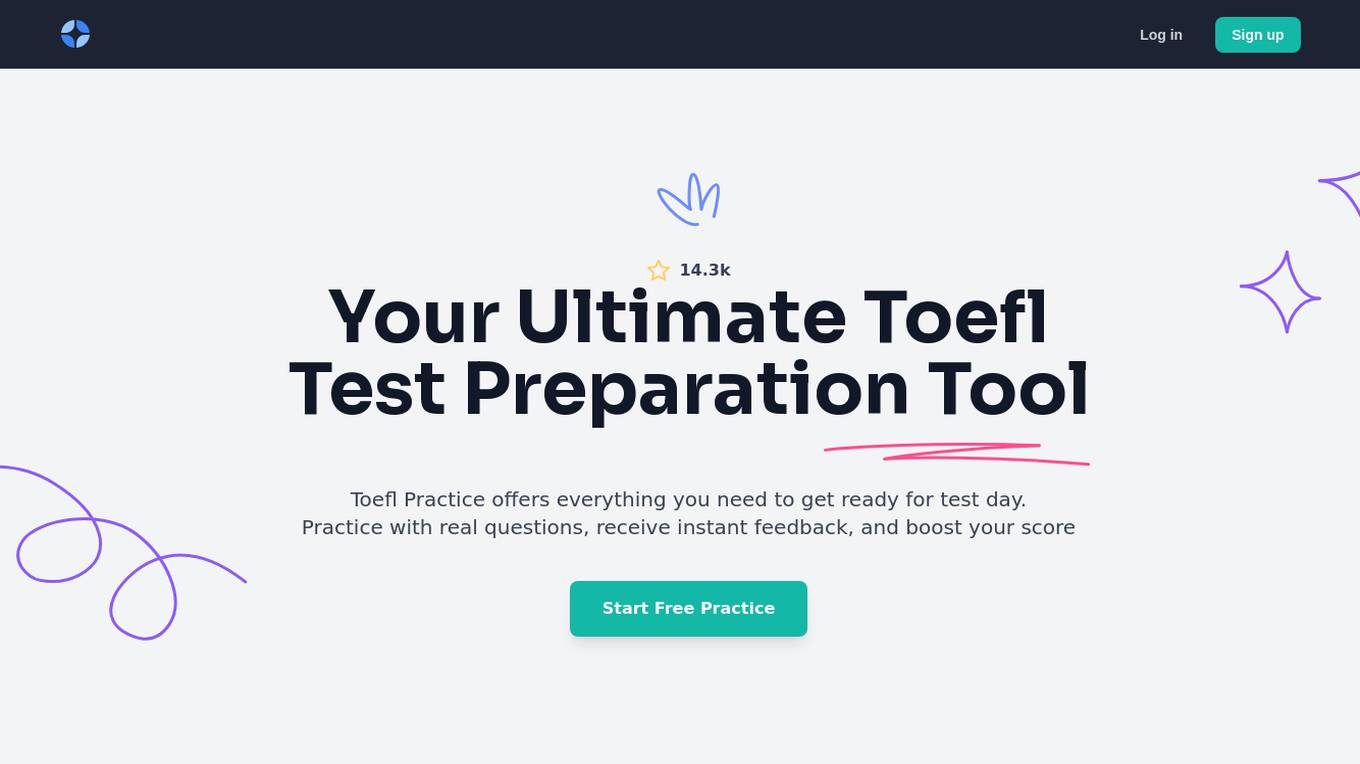
TOEFL Practice
TOEFL Practice is an AI-powered platform designed to help students prepare for the official TOEFL exam. It offers comprehensive practice materials for all TOEFL test sections, including writing, speaking, reading, and listening. The platform provides real questions, instant feedback, and detailed analytics to boost users' scores. With features like AI-powered feedback, mock tests, and progress tracking, TOEFL Practice aims to empower global learners by connecting students worldwide and helping them achieve their dreams of international education.
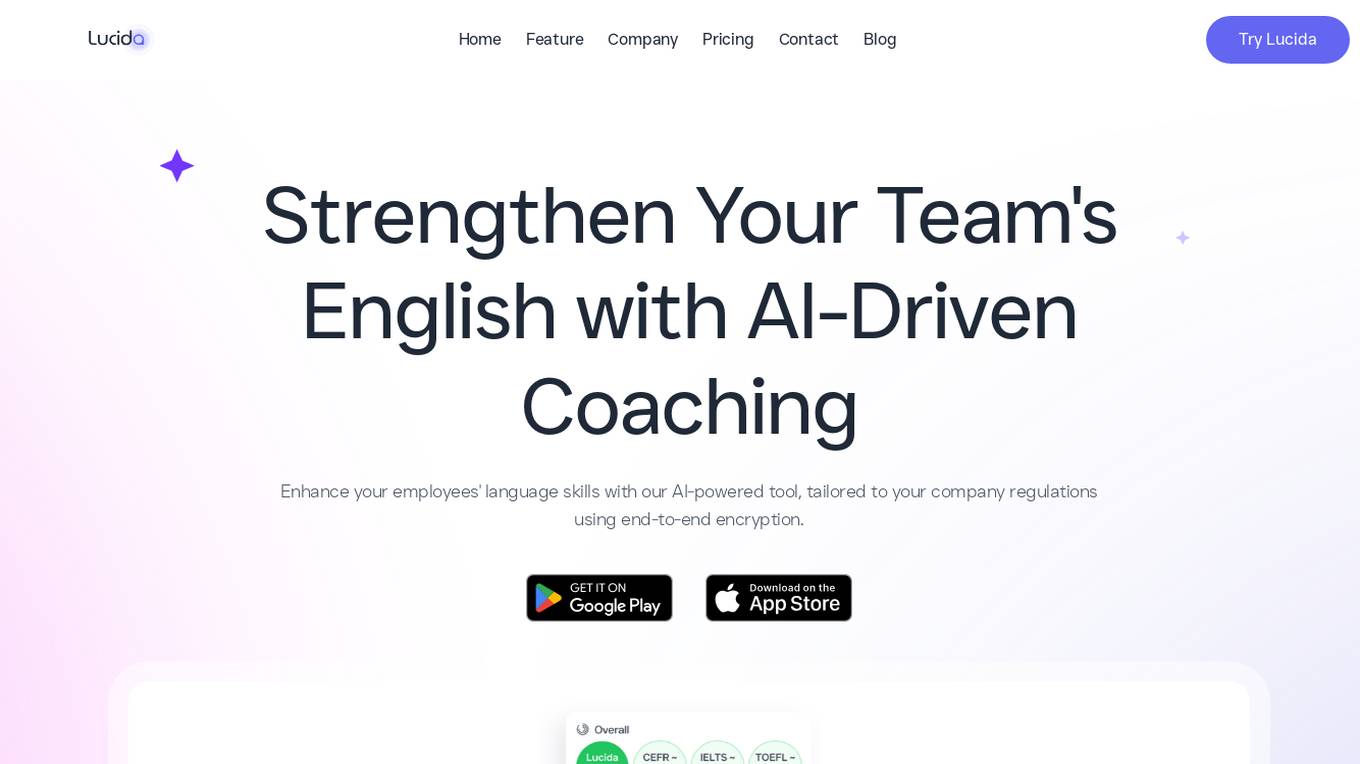
Lucida AI
Lucida AI is an AI-driven coaching tool designed to enhance employees' English language skills through personalized insights and feedback based on real-life call interactions. The tool offers comprehensive coaching in pronunciation, fluency, grammar, vocabulary, and tracking of language proficiency. It provides advanced speech analysis using proprietary LLM and NLP technologies, ensuring accurate assessments and detailed tracking. With end-to-end encryption for data privacy, Lucy AI is a cost-effective solution for organizations seeking to improve communication skills and streamline language assessment processes.
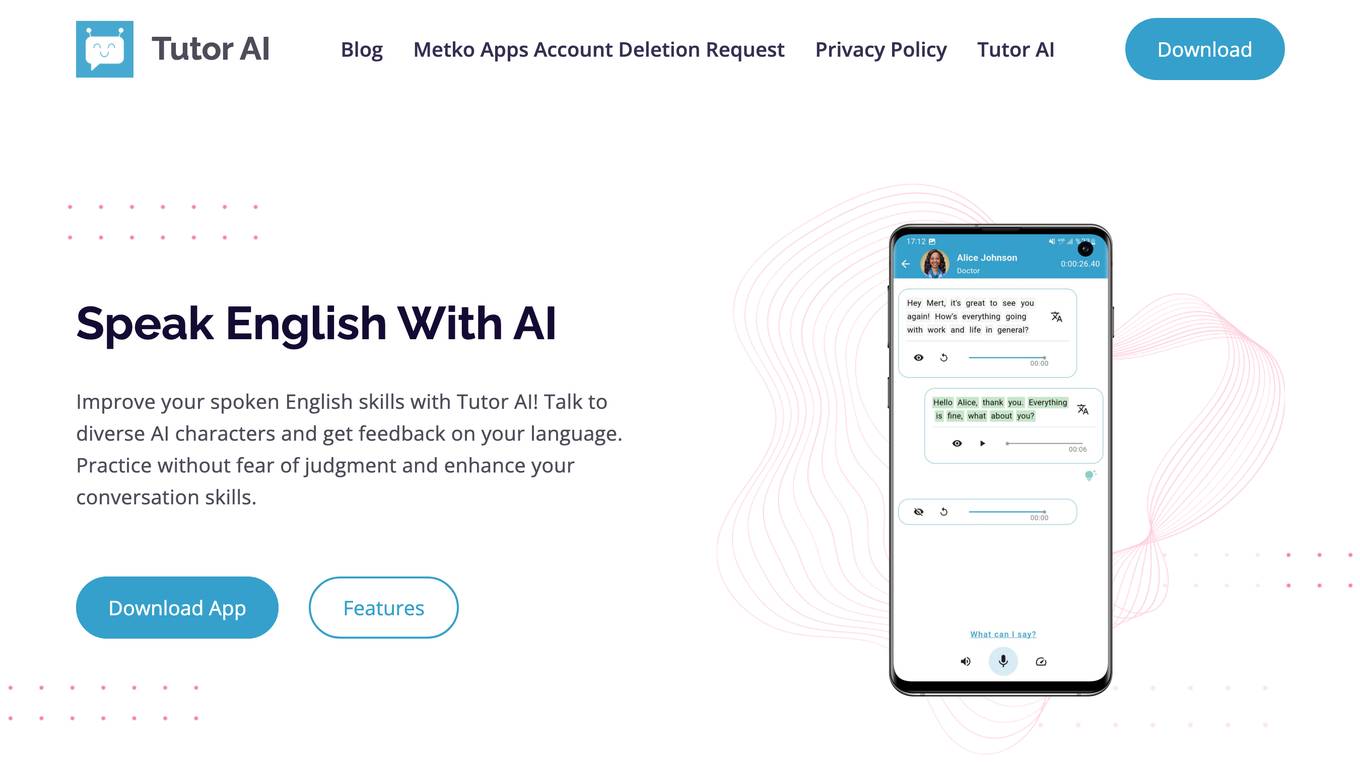
Tutor AI
Tutor AI is an AI English-speaking application designed to assist individuals in practicing their spoken English skills with the aid of an artificial intelligence chatbot. The app offers a safe and judgment-free environment for users to engage in free-flowing, natural conversations with diverse AI characters. It provides real-time feedback, suggests better ways to express oneself, and offers adjustable features to enhance the learning experience. Tutor AI aims to improve users' spoken English skills confidently and effectively through personalized lessons and interactive learning.
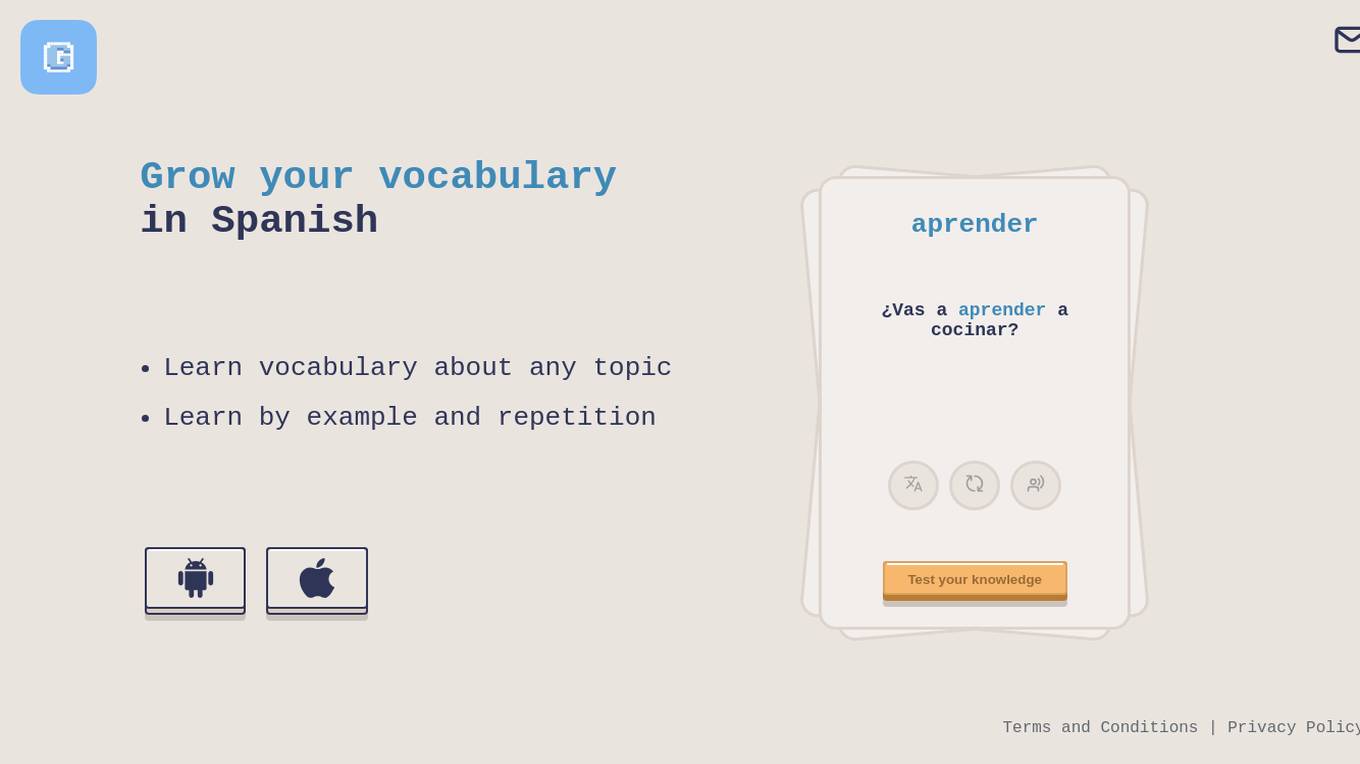
Grow your vocabulary in Spanish
This is an AI-powered language learning app that helps you grow your vocabulary in Spanish. It uses a variety of methods, including learning by example and repetition, to help you learn new words and phrases quickly and easily.
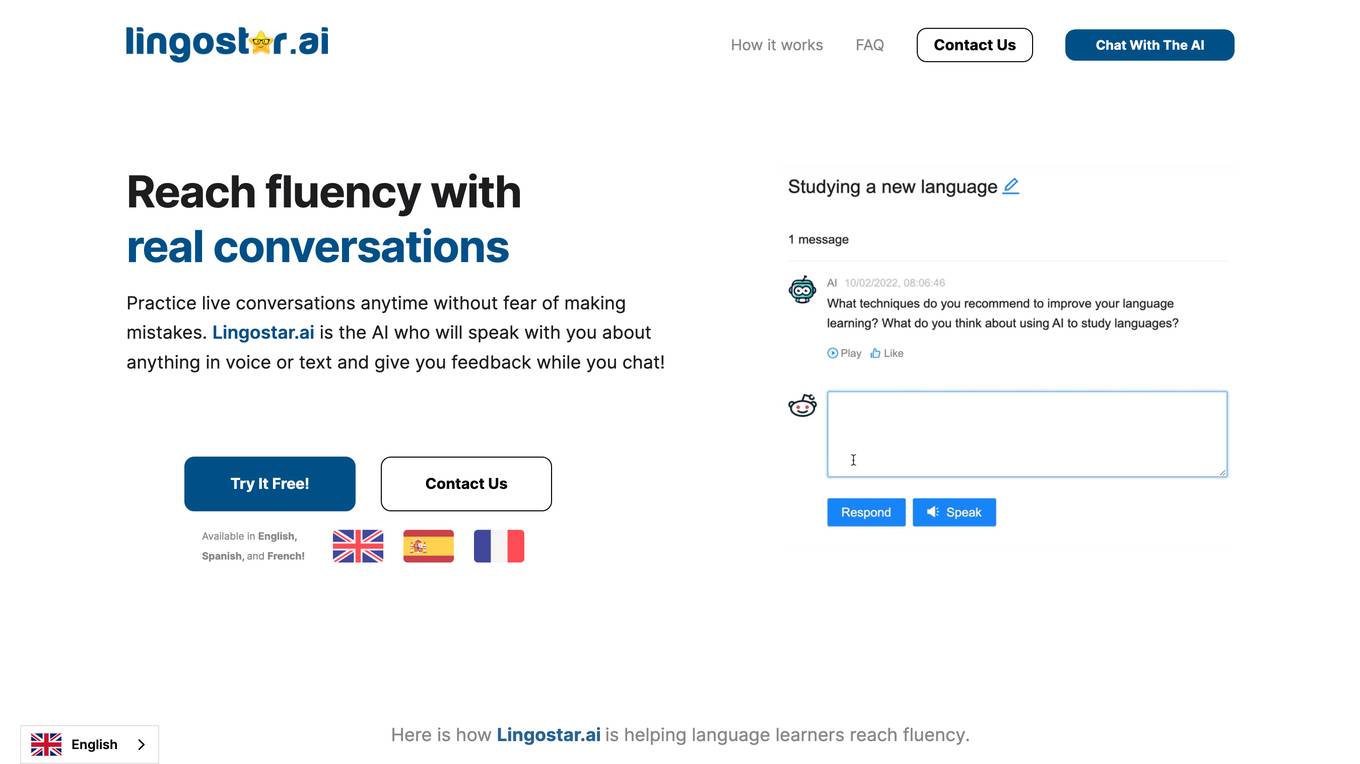
Lingostar AI
Lingostar AI is an advanced language learning application that uses AI technology to provide immersive conversation experiences for users to practice and improve their language skills in English, Spanish, and French. The application offers features such as natural conversation practice, advanced pronunciation analysis, intelligent vocabulary building, personalized learning paths, role-playing scenarios, grammar correction, and tips. Lingostar AI aims to make language learning accessible, engaging, and effective for learners worldwide through personalized, AI-powered conversation practice.
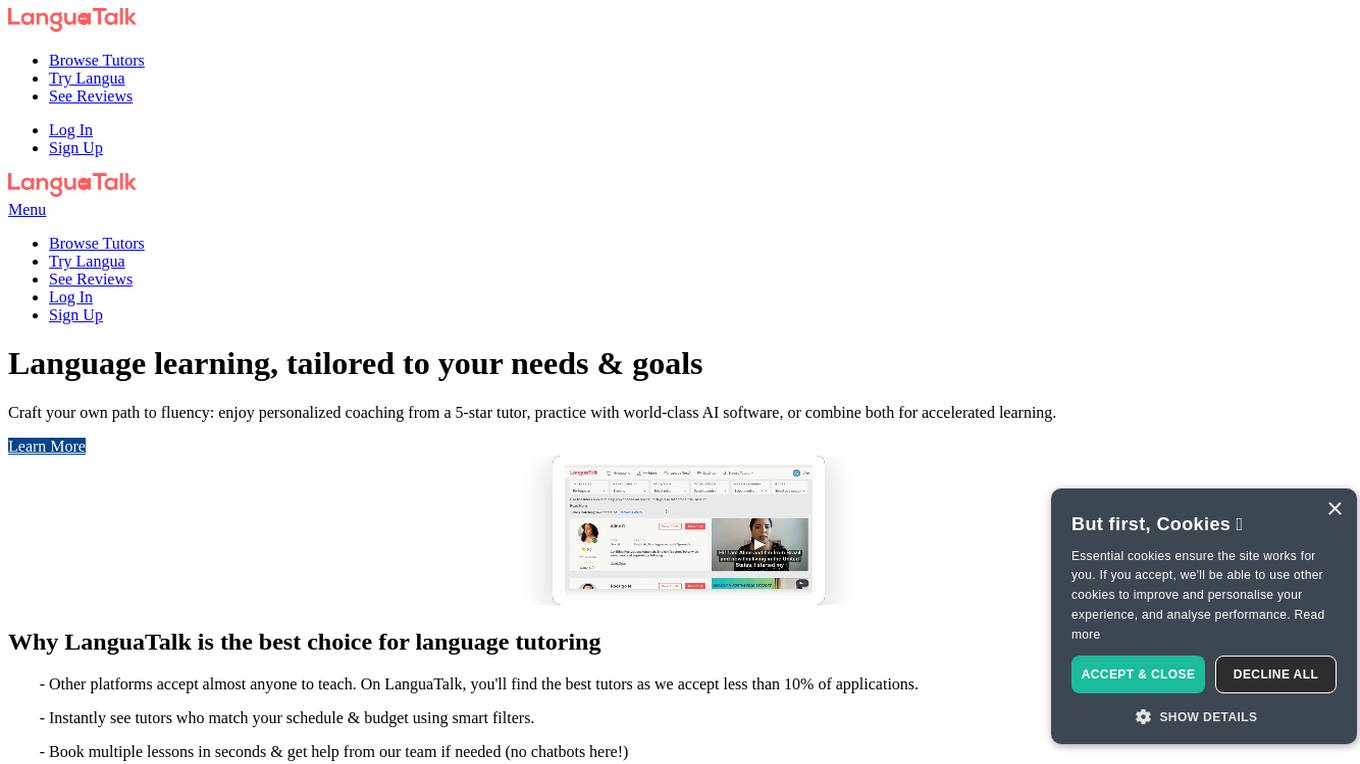
LanguaTalk
LanguaTalk is a language learning platform that offers personalized coaching from 5-star tutors and world-class AI software to help users achieve fluency in various languages. The platform provides tailored language tutoring, practice sessions with advanced AI, and a combination of both for accelerated learning. LanguaTalk leverages AI technology to offer features such as personalized coaching, practice conversations, role plays, instant corrections, interactive transcripts, vocabulary learning through flashcards, and more. The platform has both free and paid plans, with a focus on providing effective and affordable language learning solutions.
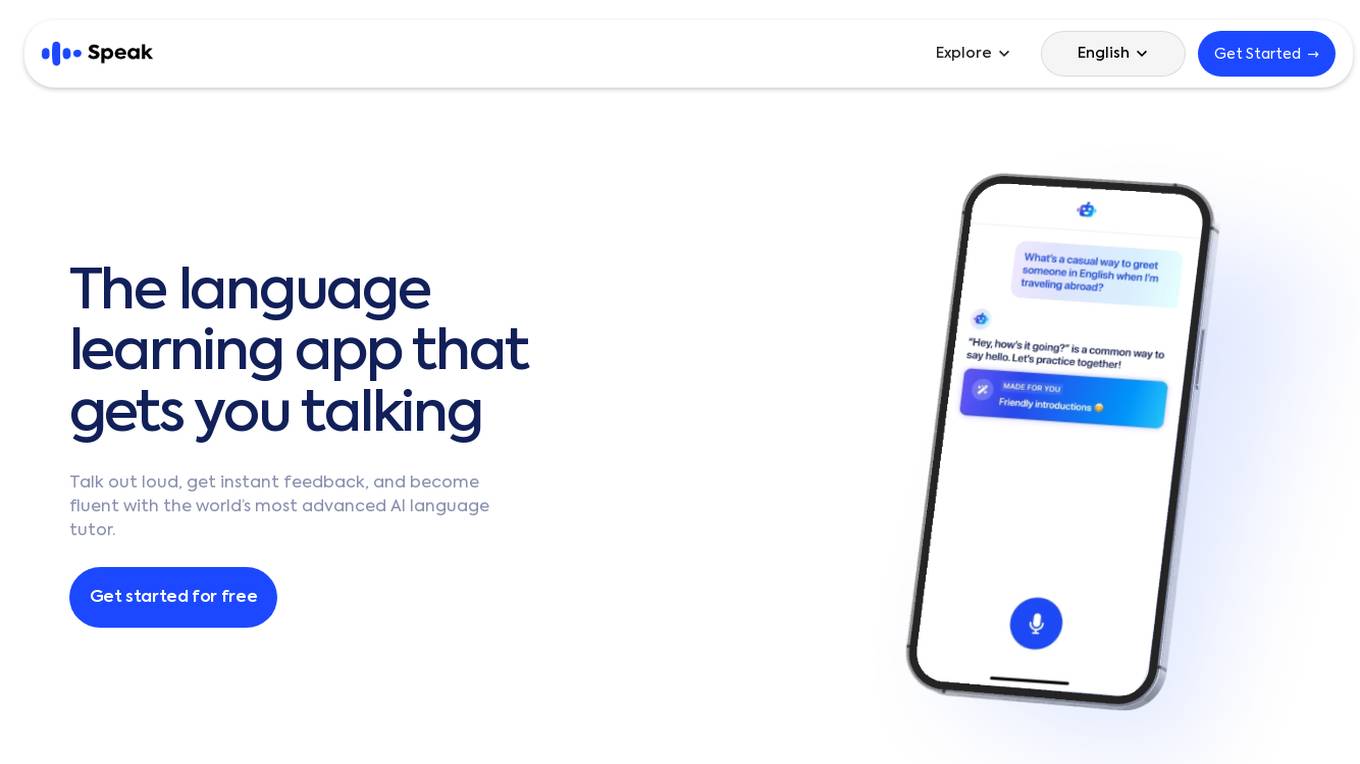
Speak
Speak is a language learning app that focuses on improving speaking skills through interaction with an advanced AI language tutor. The app provides personalized curriculum, on-the-go conversational practice, and motivation to help users achieve fluency quickly. With a 4.8 rating and over 5 million downloads, Speak offers a versatile and interactive platform for language learners of all levels.
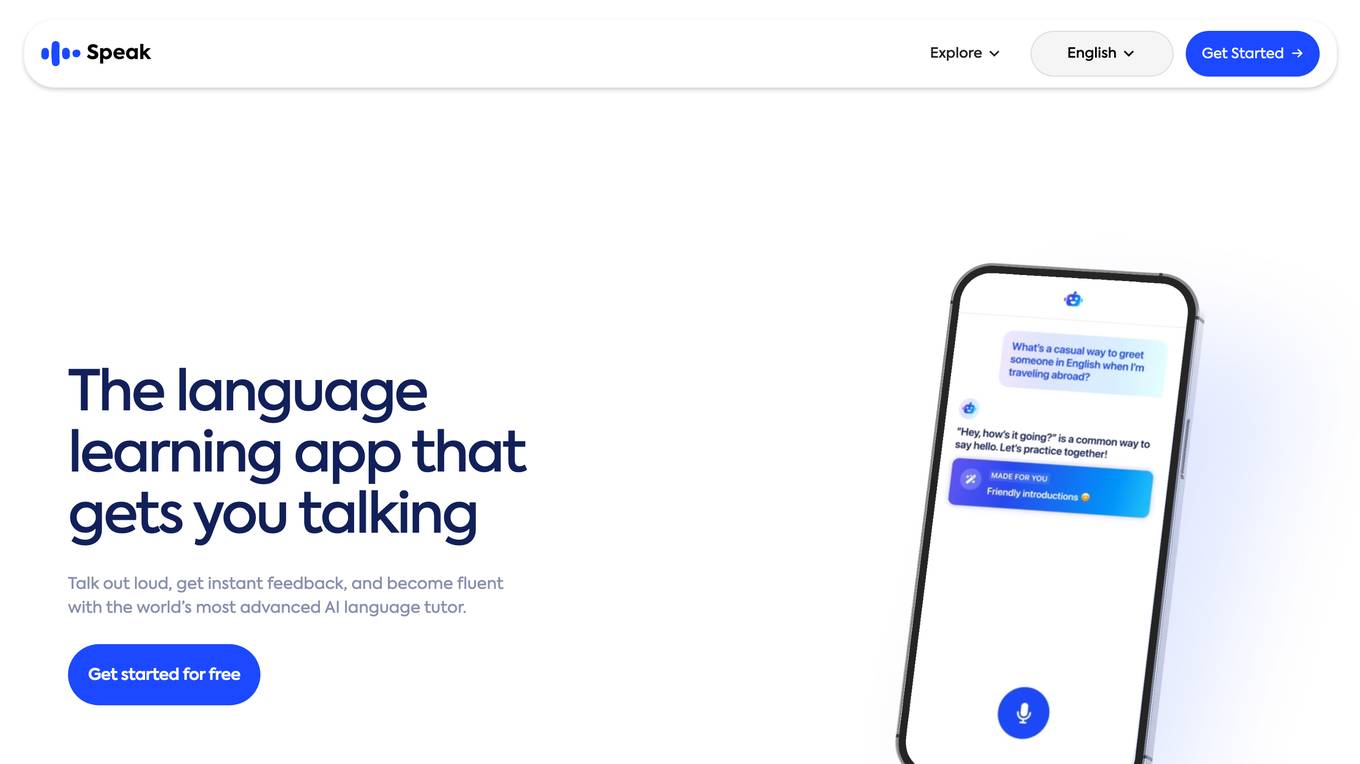
Speak
Speak is a language learning app that uses AI to help you improve your speaking skills. It offers a variety of features, including personalized lessons, instant feedback, and a virtual tutor. Speak is designed to be fun and engaging, and it can help you learn a new language quickly and easily.
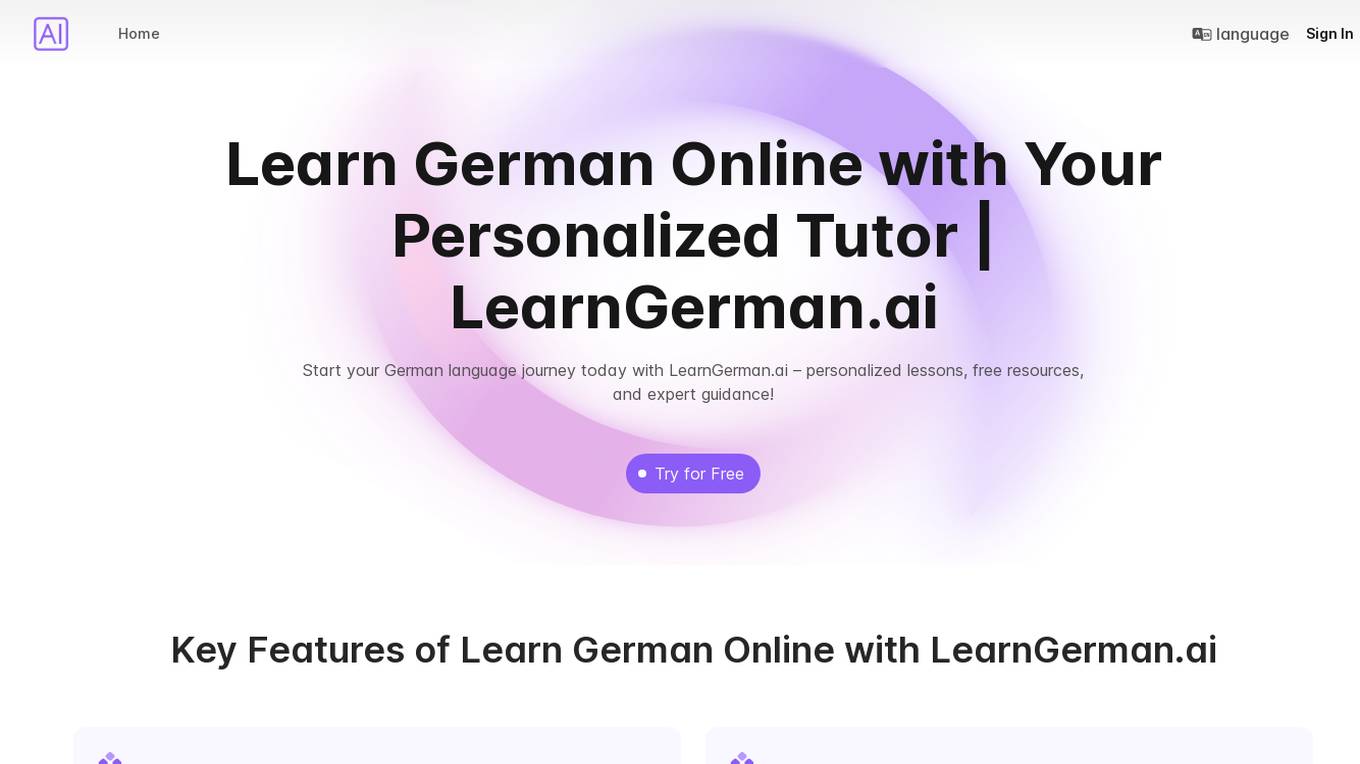
LearnGerman.ai
LearnGerman.ai is an AI-powered platform offering personalized online German lessons for learners of all levels. With tailored lessons, real-time feedback, and speaking practice, users can enhance their German language skills conveniently and for free. The platform caters to beginners, intermediate learners, advanced users, and busy professionals seeking flexible learning options. LearnGerman.ai aims to make learning German accessible, engaging, and effective through interactive lessons and expert guidance.
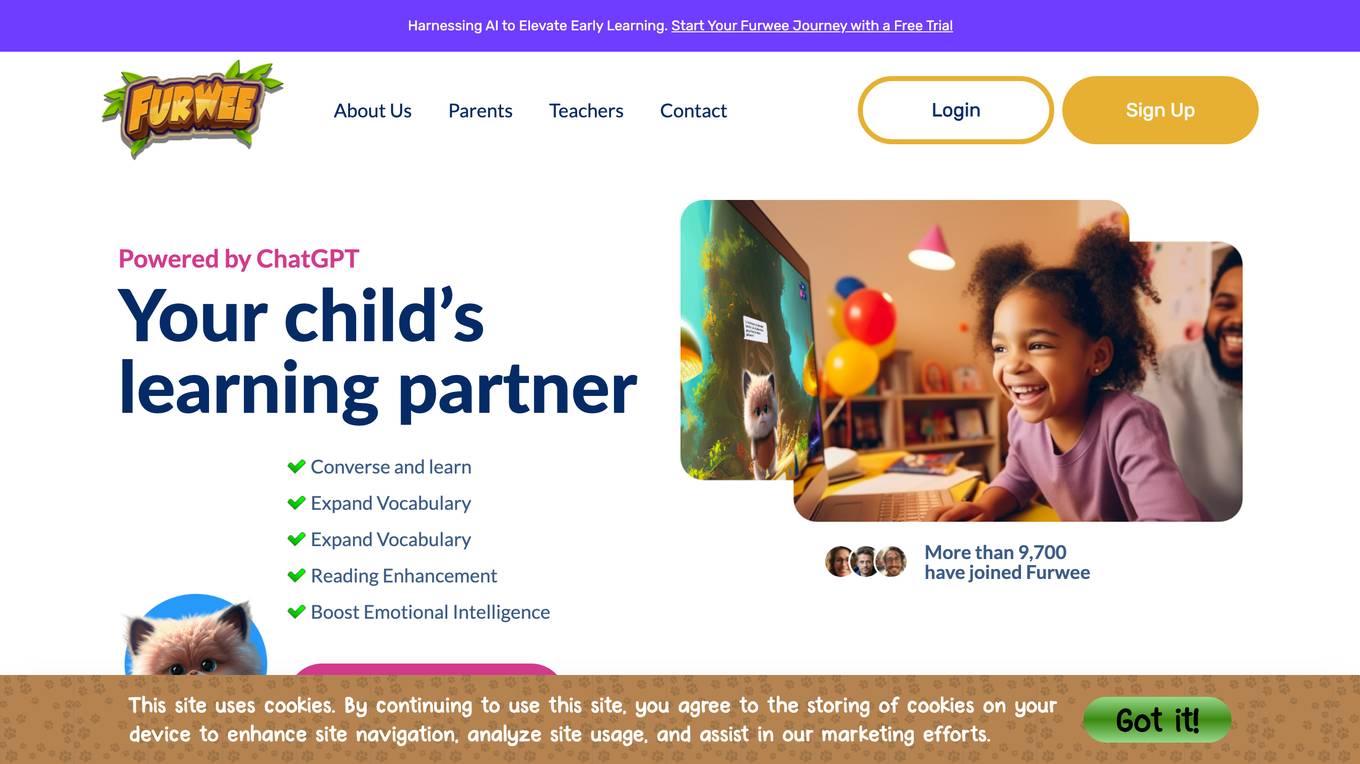
Furwee
Furwee is an AI-powered educational platform designed to elevate early learning experiences for kids worldwide. It offers a range of features such as visual learning, vocabulary boost, grammar fun, and interactive dialogues to enhance children's learning journey. Furwee aims to make learning fun, engaging, and personalized for each child, helping them build confidence, social skills, and creativity. The platform is available in multiple languages and is tailored for modern parents looking for a dynamic learning companion for their children.
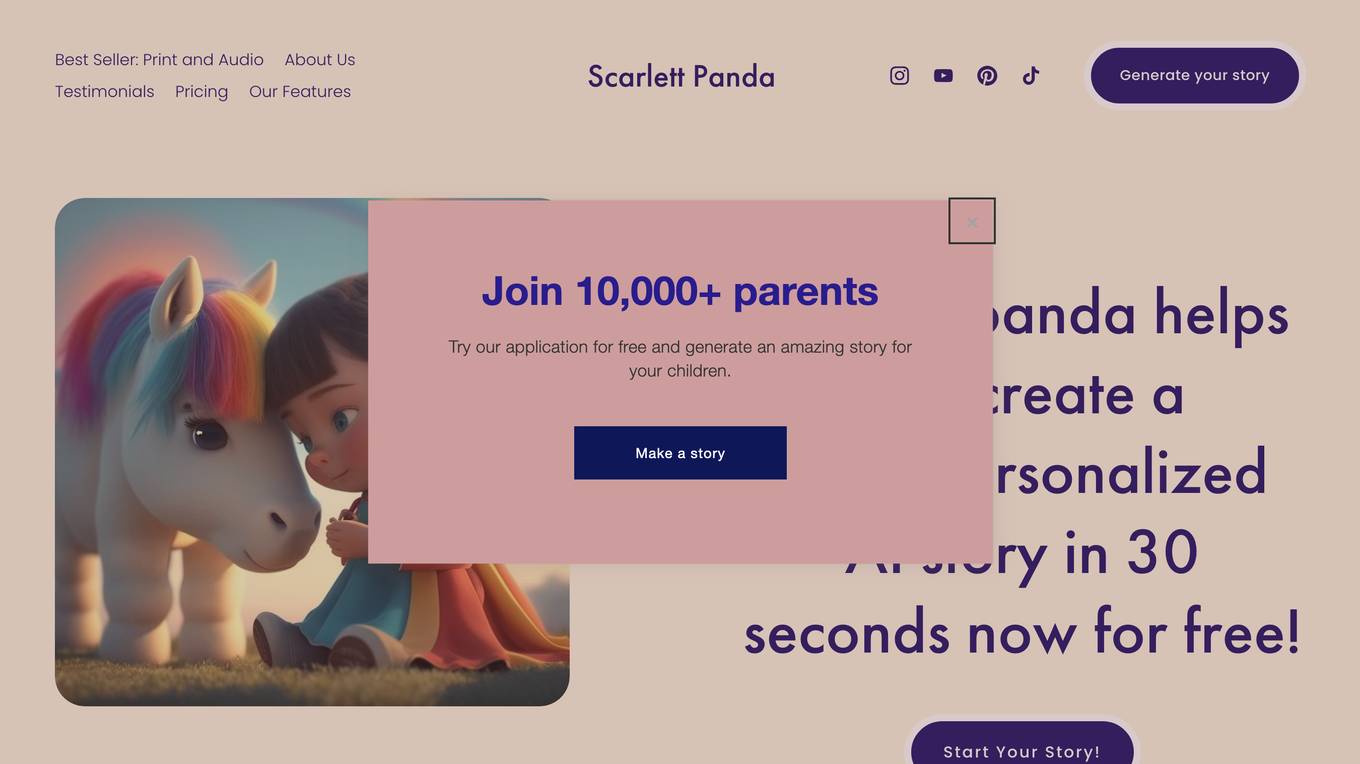
Scarlett Panda
Scarlett Panda is a customized short stories app for children that uses AI to generate unique and personalized stories in 30 seconds. The app offers a variety of features, including physical personalized books, instant stories, storybook meditation, lullabies, learning adventures, and illustrations. Scarlett Panda is designed to help children expand their vocabulary, engage with reading, and build magical memories with their parents. The app is also available in 74 languages.
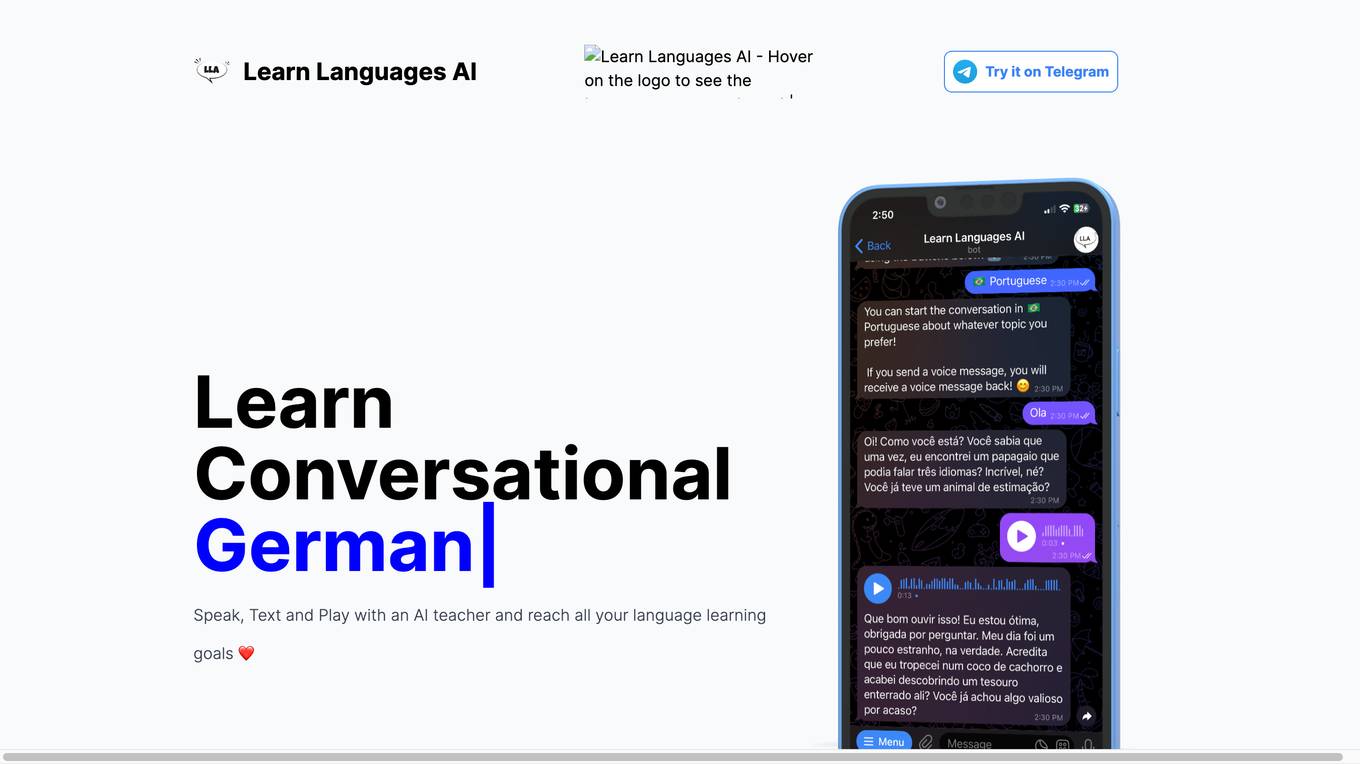
Learn Languages AI
Learn Languages AI is a language learning tool that uses artificial intelligence to help users learn new languages. The tool is built on Telegram and allows users to speak, text, and play with an AI teacher. Learn Languages AI is designed to help users reach all of their language learning goals. The tool is free to use and does not require an account.
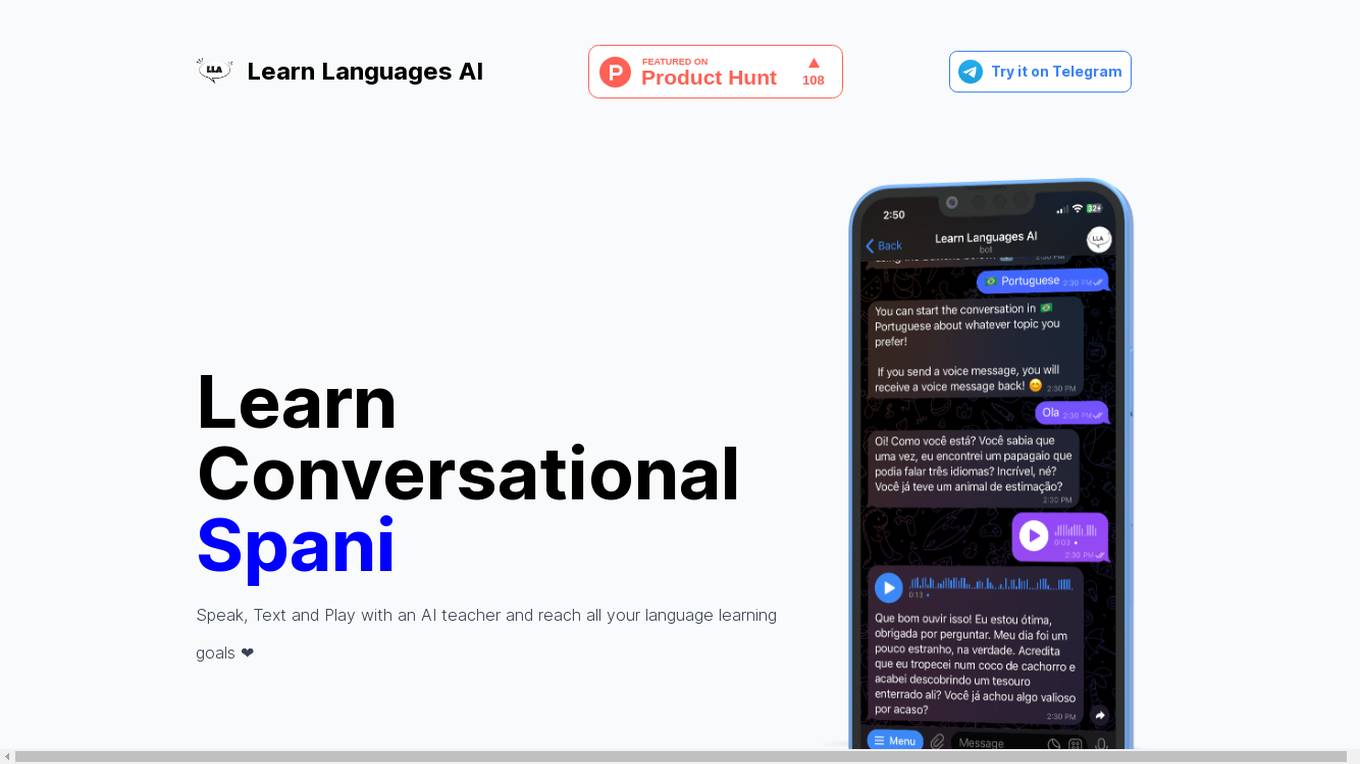
Learn Languages AI
Learn Languages AI is an AI-powered language learning application that allows users to practice conversational language skills with an AI teacher. Users can speak, text, and play with the AI teacher to achieve their language learning goals. The application is built on Telegram platform, offering a seamless and user-friendly experience. With no account required, users can start learning immediately. Join over 1000 happy users from various countries who are learning languages such as German, Polish, Spanish, Italian, French, Dutch, Brazilian Portuguese, Indian, and Chinese. Created by @franzstupar, the developer of the renowned #1 AI Cover Letter Generator.

Yomitai
Yomitai is a Japanese reading assistant that helps learners of Japanese to read and understand Japanese text. It provides a variety of features to help learners, including a built-in dictionary, grammar checker, and text-to-speech functionality. Yomitai is available as a web application and as a mobile app for iOS and Android.
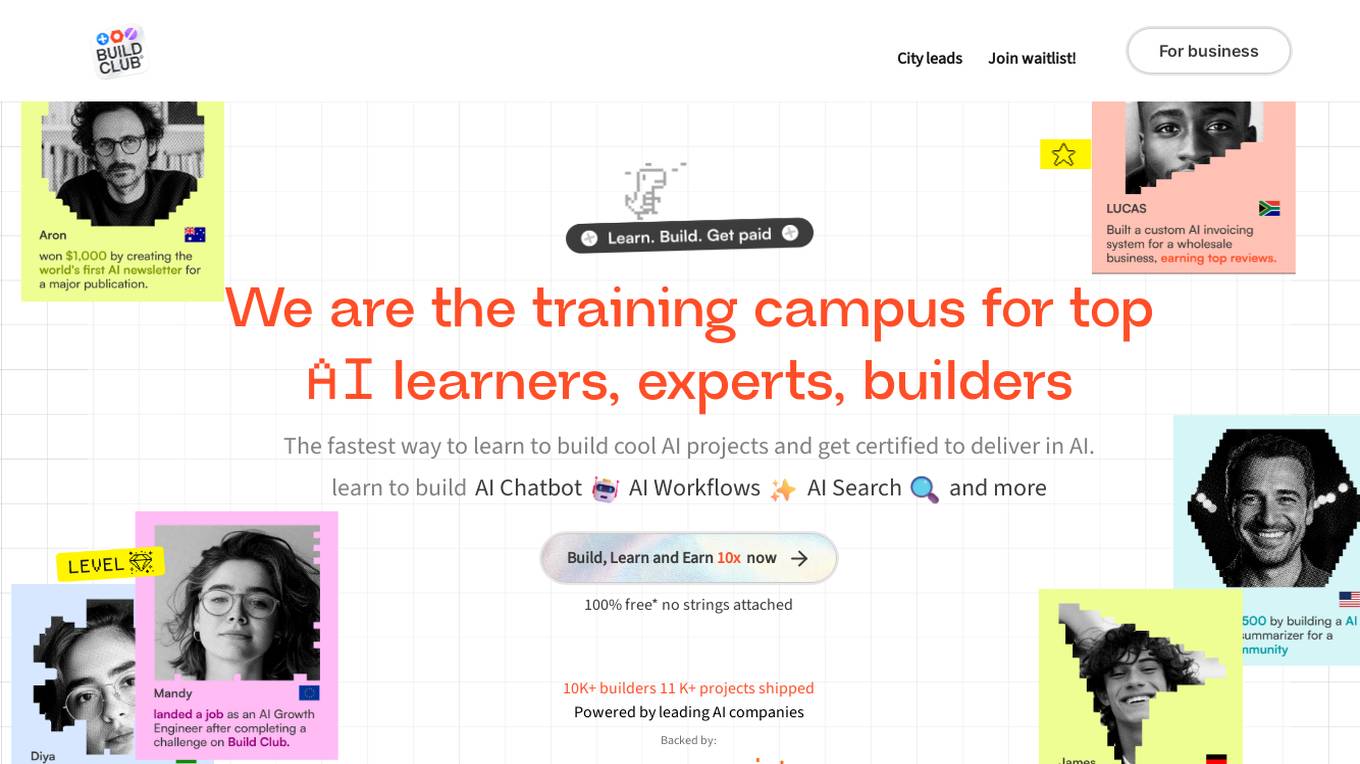
Build Club
Build Club is a leading training campus for AI learners, experts, and builders. It offers a platform where individuals can upskill into AI careers, get certified by top AI companies, learn the latest AI tools, and earn money by solving real problems. The community at Build Club consists of AI learners, engineers, consultants, and founders who collaborate on cutting-edge AI projects. The platform provides challenges, support, and resources to help individuals build AI projects and advance their skills in the field.
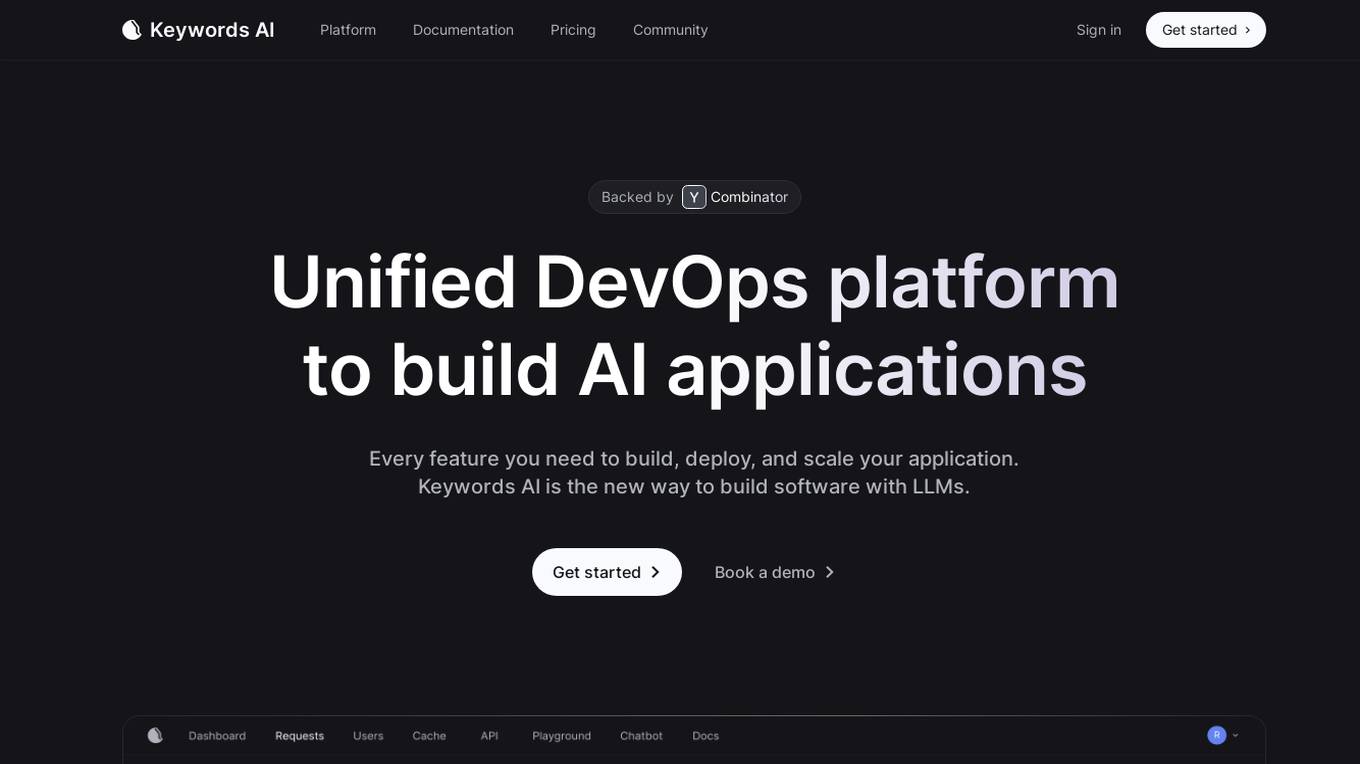
Unified DevOps platform to build AI applications
This is a unified DevOps platform to build AI applications. It provides a comprehensive set of tools and services to help developers build, deploy, and manage AI applications. The platform includes a variety of features such as a code editor, a debugger, a profiler, and a deployment manager. It also provides access to a variety of AI services, such as natural language processing, machine learning, and computer vision.
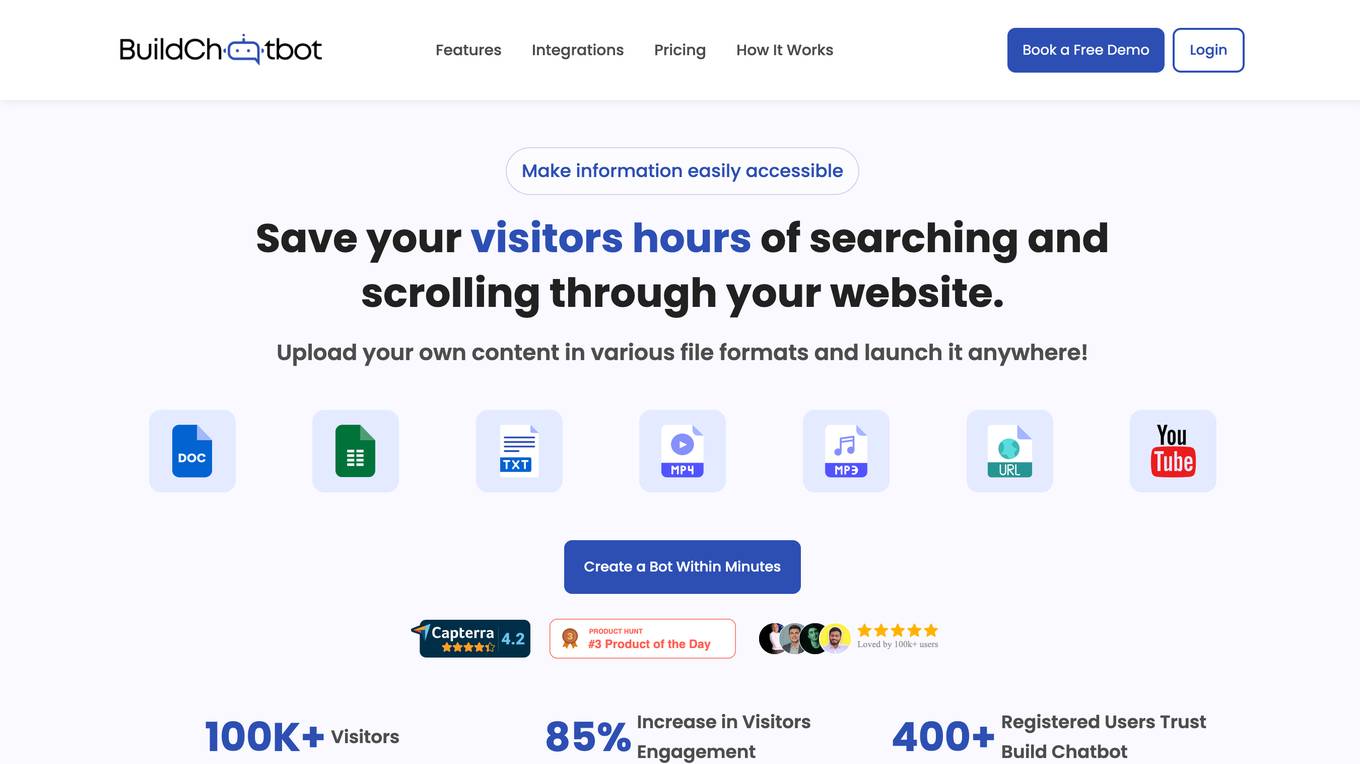
Build Chatbot
Build Chatbot is a no-code chatbot builder designed to simplify the process of creating chatbots. It enables users to build their chatbot without any coding knowledge, auto-train it with personalized content, and get the chatbot ready with an engaging UI. The platform offers various features to enhance user engagement, provide personalized responses, and streamline communication with website visitors. Build Chatbot aims to save time for both businesses and customers by making information easily accessible and transforming visitors into satisfied customers.
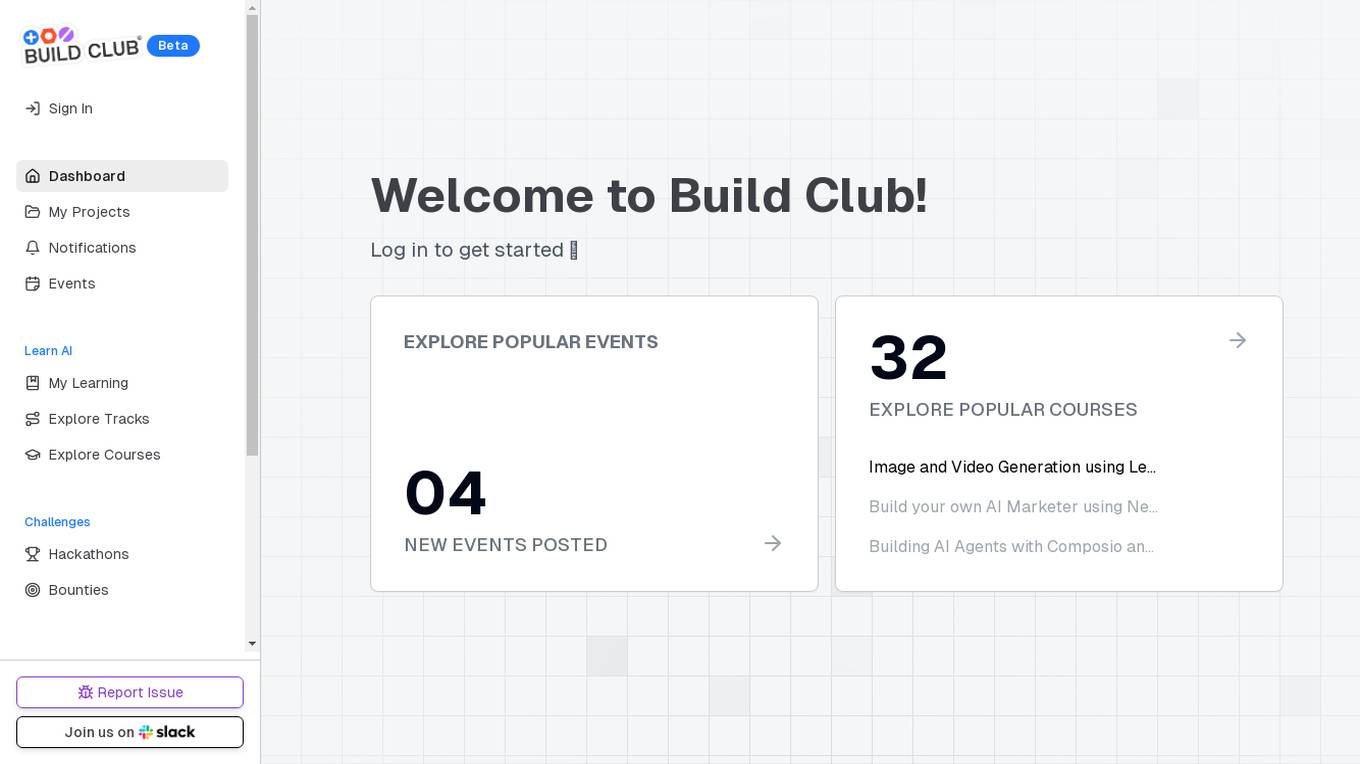
Build Club
Build Club is an AI tool designed to help individuals learn and explore various aspects of artificial intelligence. The platform offers a wide range of courses, challenges, hackathons, and community projects to enhance users' AI skills. Users can build AI models for tasks like image and video generation, AI marketing, and creating AI agents. Build Club aims to create a collaborative learning environment for AI enthusiasts to grow their knowledge and skills in the field of artificial intelligence.
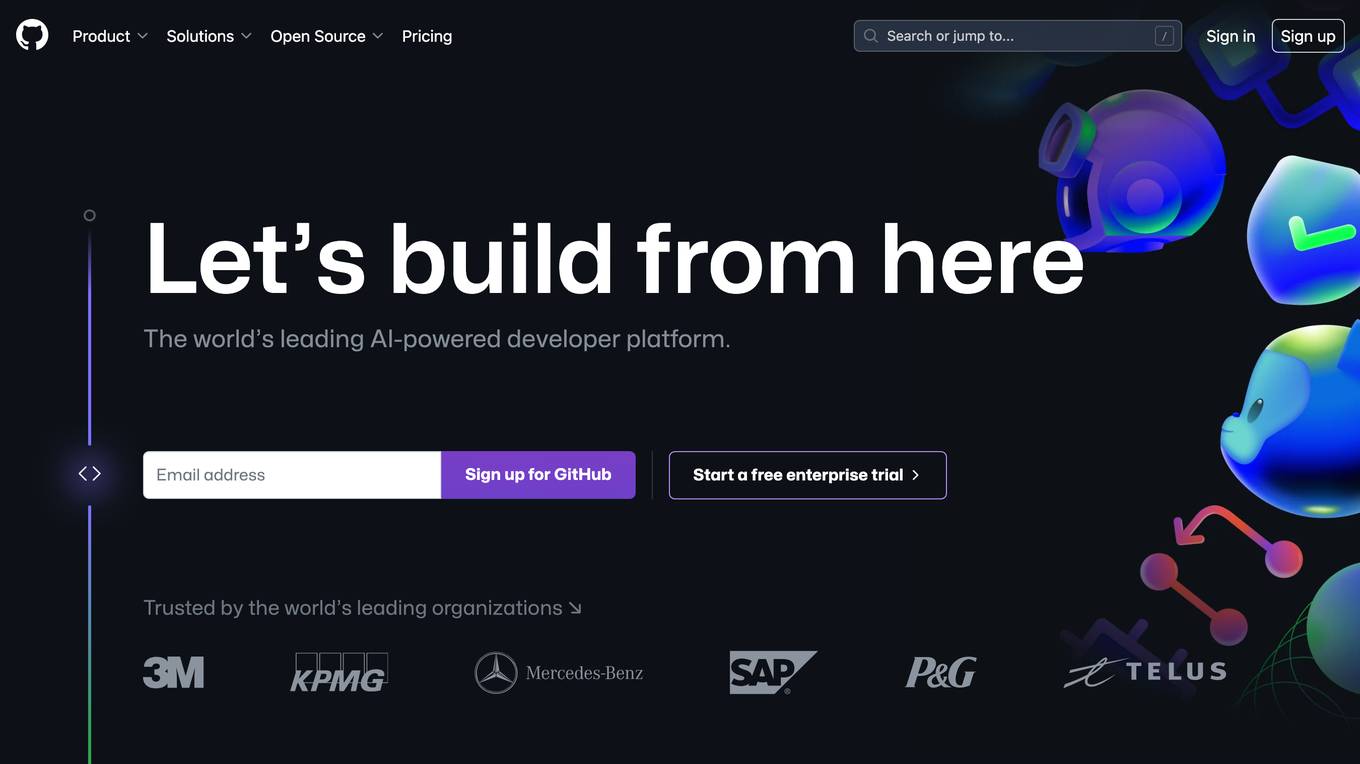
GitHub
GitHub is a collaborative platform that allows users to build and ship software efficiently. GitHub Copilot, an AI-powered tool, helps developers write better code by providing coding assistance, automating workflows, and enhancing security. The platform offers features such as instant dev environments, code review, code search, and collaboration tools. GitHub is widely used by enterprises, small and medium teams, startups, and nonprofits across various industries. It aims to simplify the development process, increase productivity, and improve the overall developer experience.
1 - Open Source AI Tools
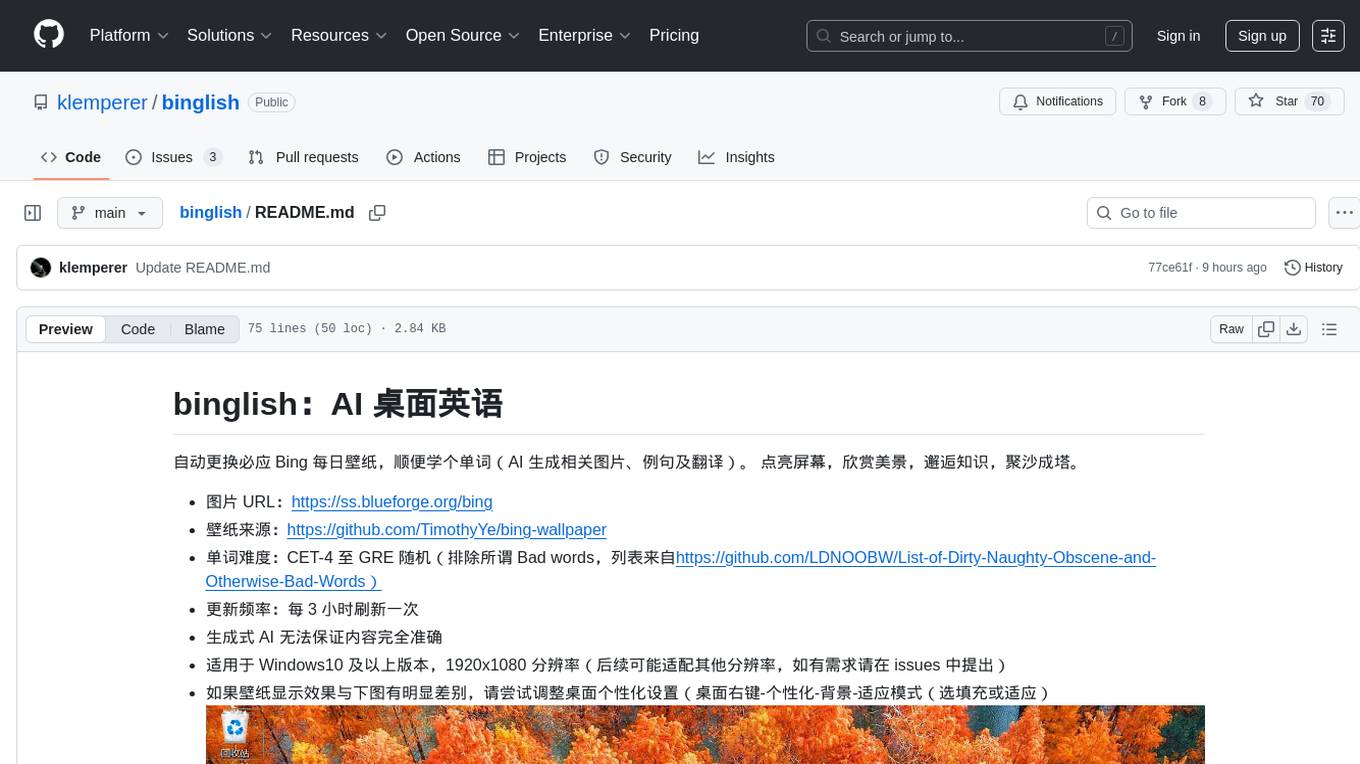
binglish
binglish is a desktop English learning tool that automatically changes the Bing daily wallpaper while helping users learn new words through AI-generated images, example sentences, and translations. Users can enjoy beautiful scenery, acquire knowledge, and build vocabulary towers. The tool excludes bad words and offers words ranging from CET-4 to GRE difficulty levels. It refreshes every 3 hours and is designed for Windows 10 and above with a resolution of 1920x1080. The AI-generated content may not be completely accurate.
20 - OpenAI Gpts
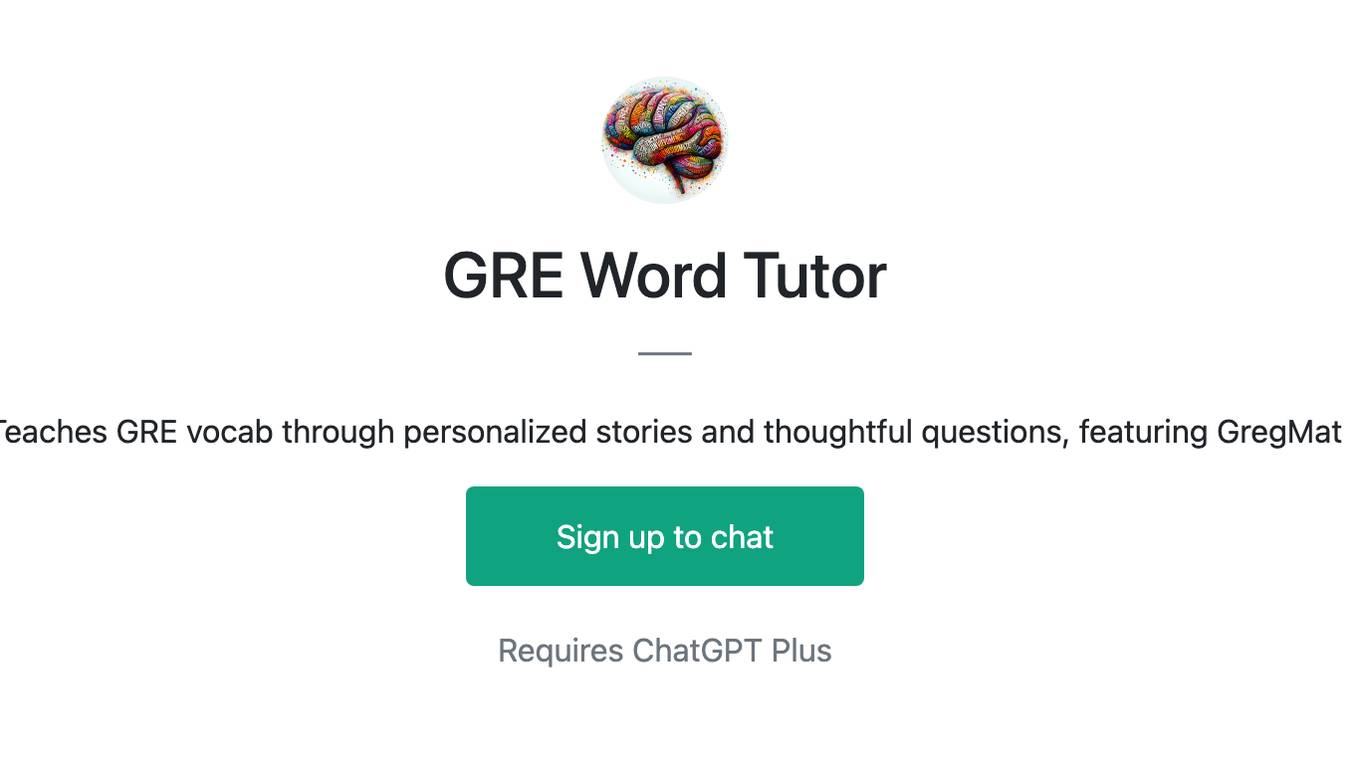
GRE Word Tutor
Teaches GRE vocab through personalized stories and thoughtful questions, featuring GregMat
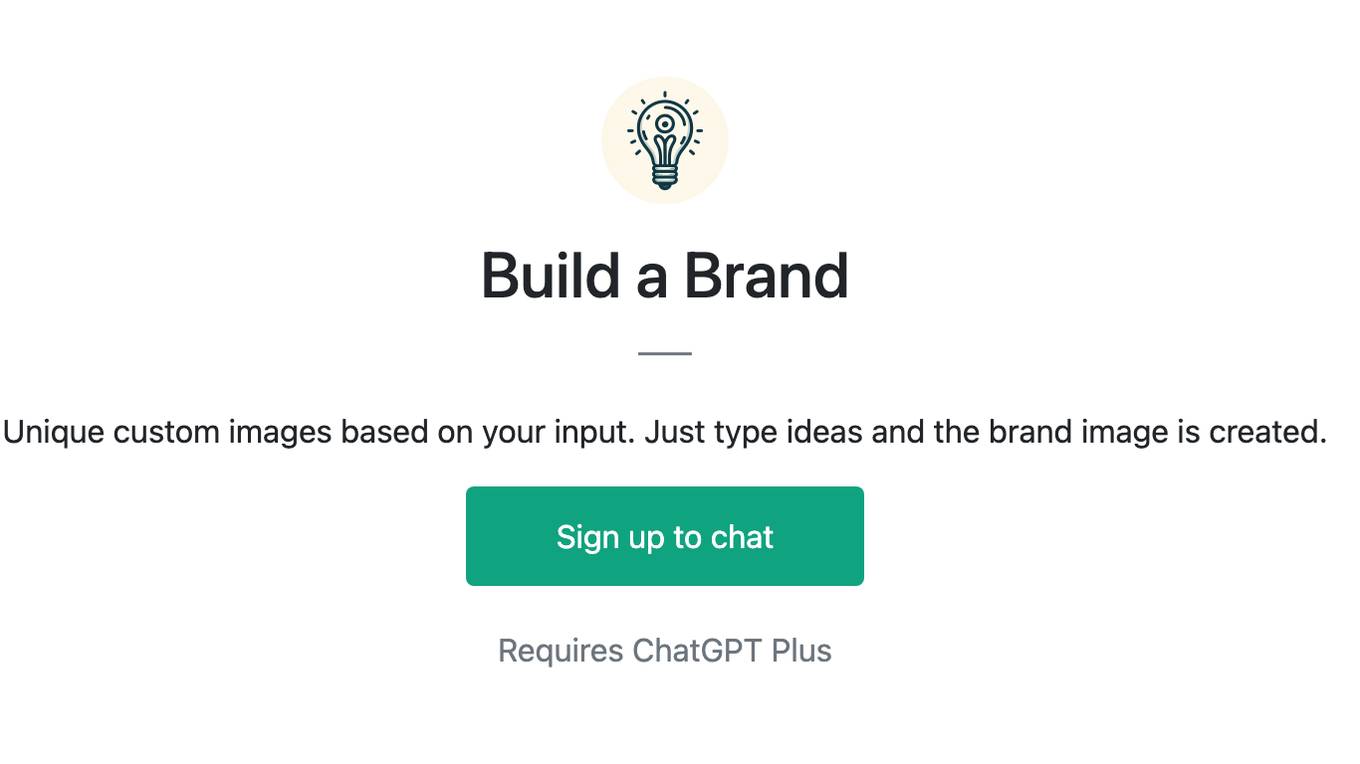
Build a Brand
Unique custom images based on your input. Just type ideas and the brand image is created.
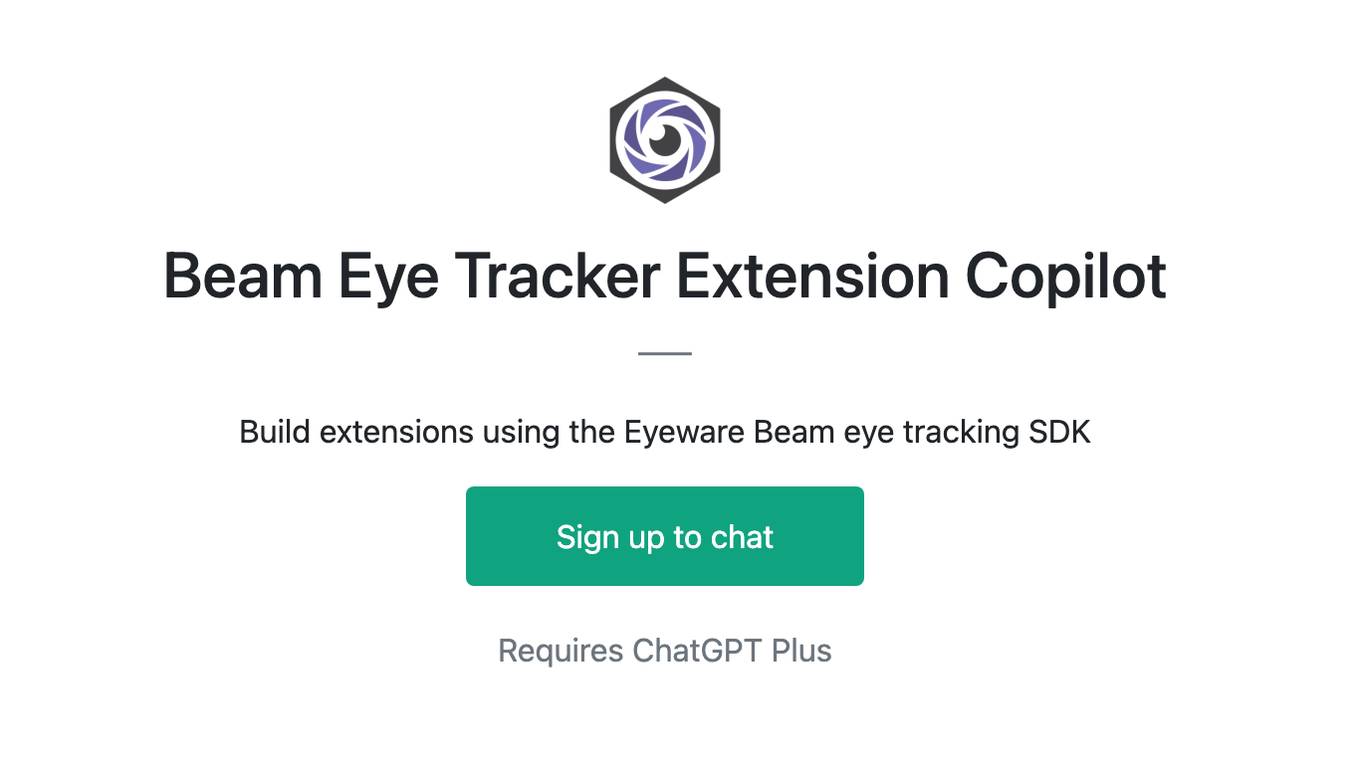
Beam Eye Tracker Extension Copilot
Build extensions using the Eyeware Beam eye tracking SDK

Business Model Canvas Strategist
Business Model Canvas Creator - Build and evaluate your business model

League Champion Builder GPT
Build your own League of Legends Style Champion with Abilities, Back Story and Splash Art
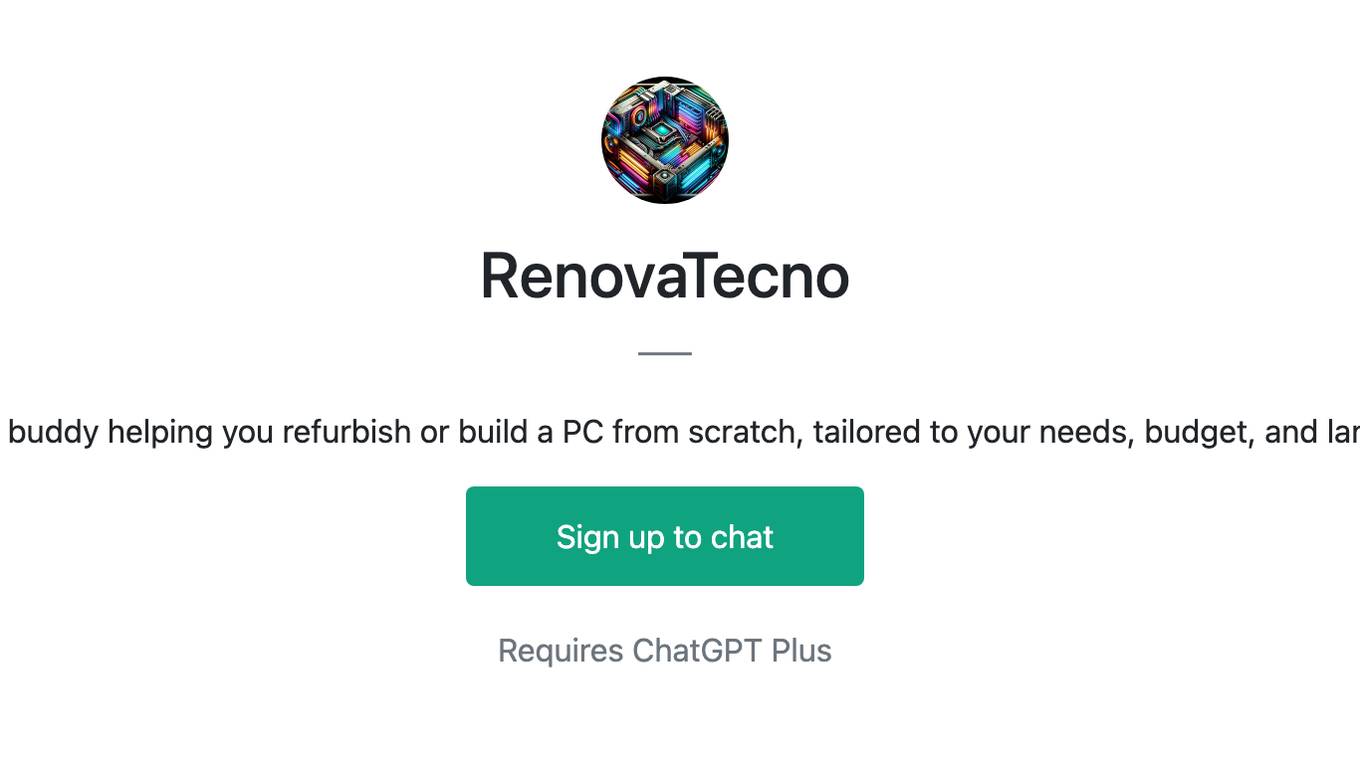
RenovaTecno
Your tech buddy helping you refurbish or build a PC from scratch, tailored to your needs, budget, and language.
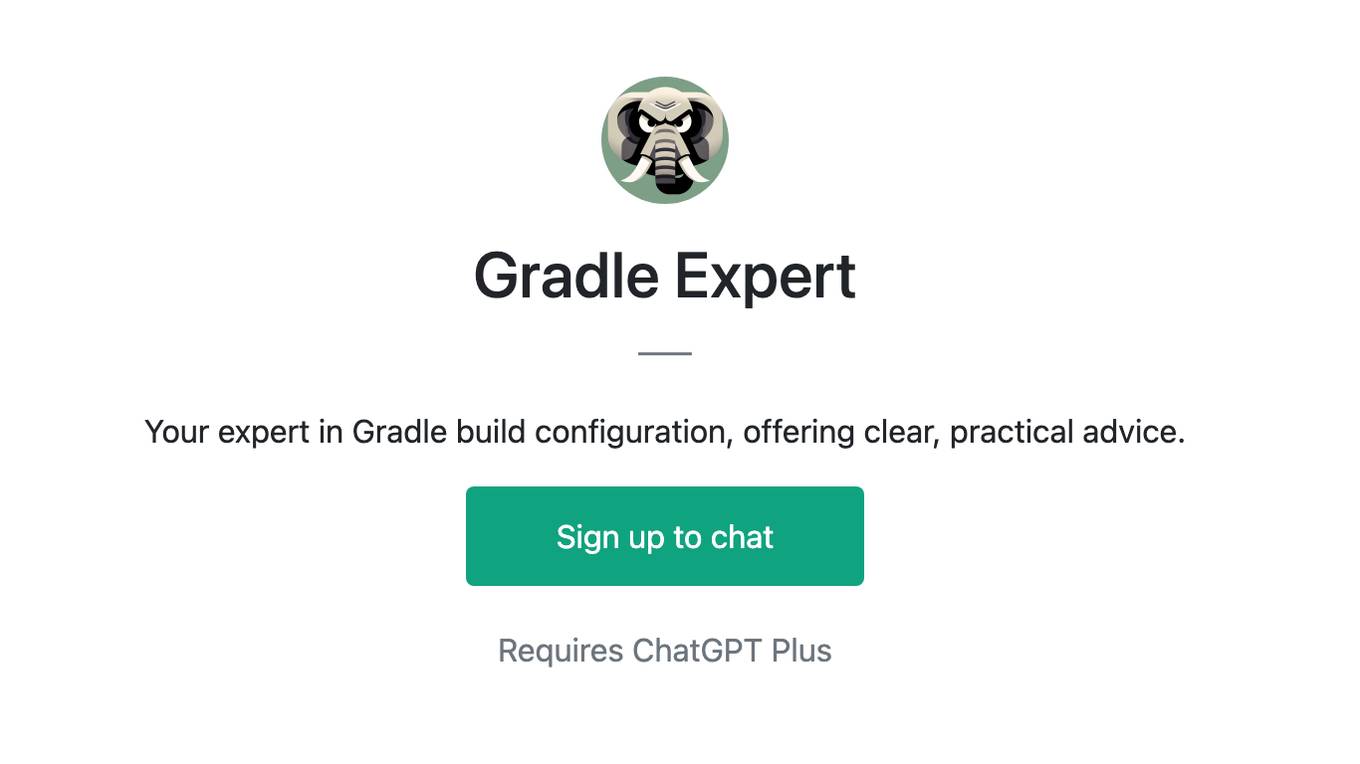
Gradle Expert
Your expert in Gradle build configuration, offering clear, practical advice.
